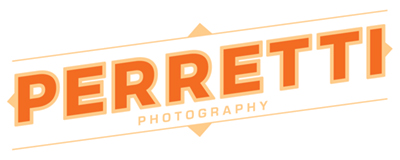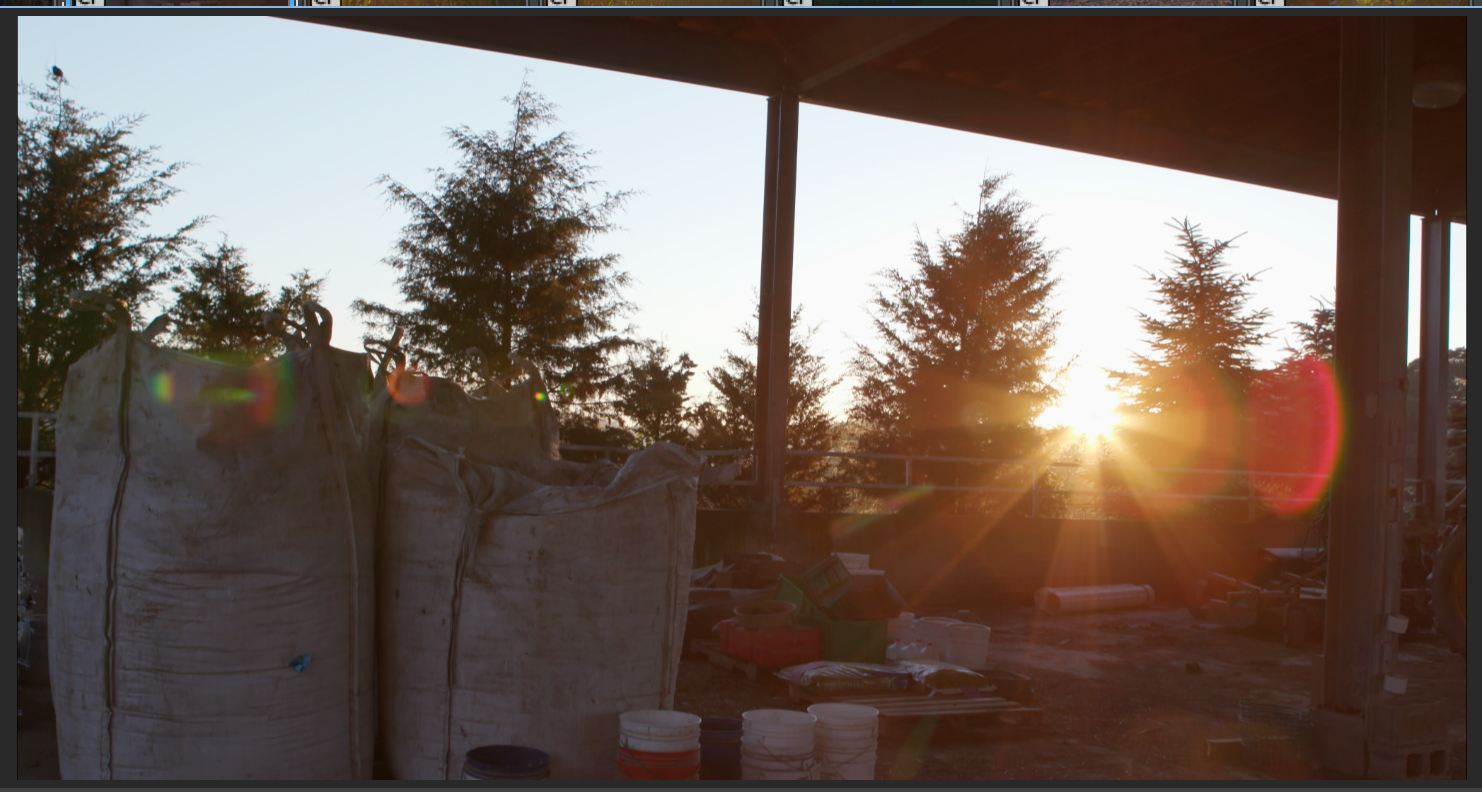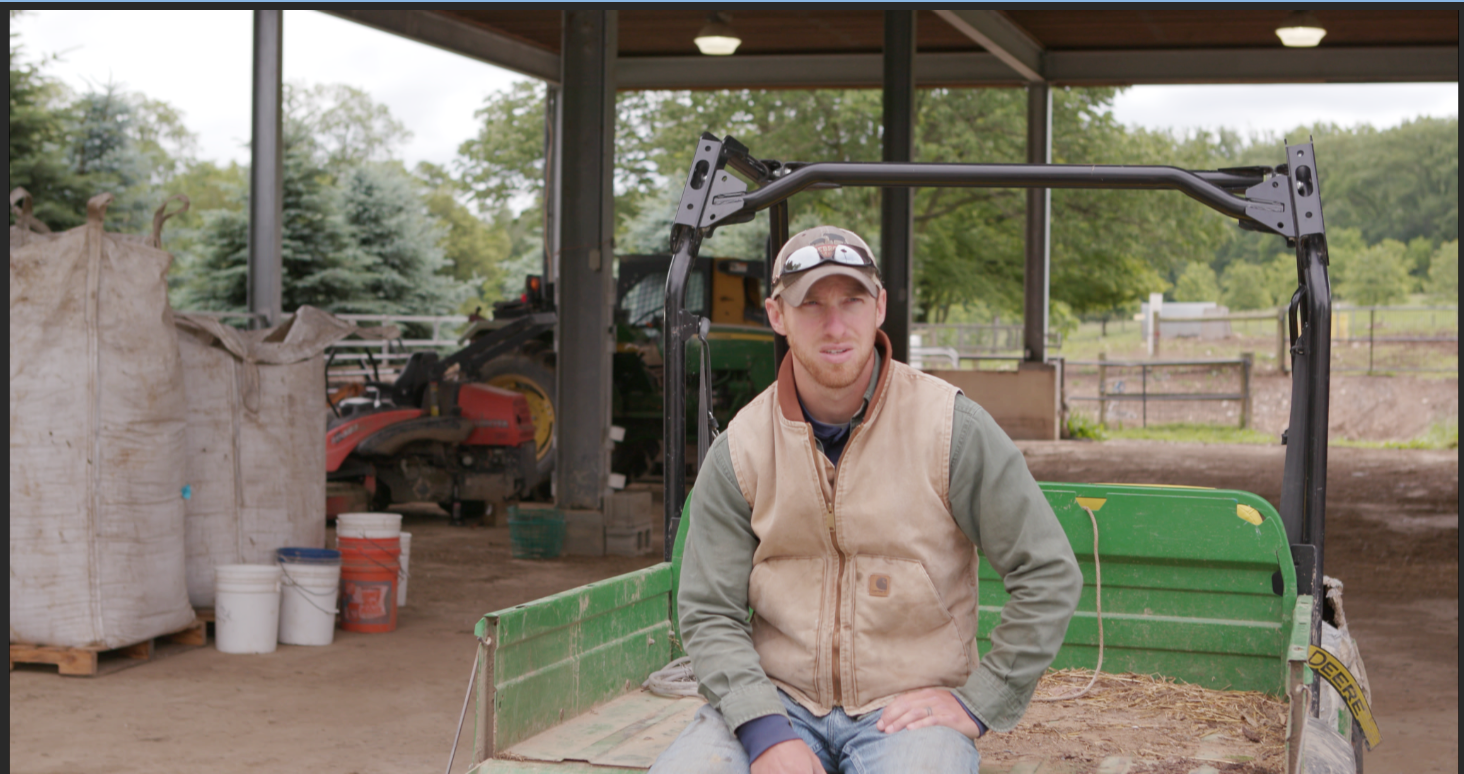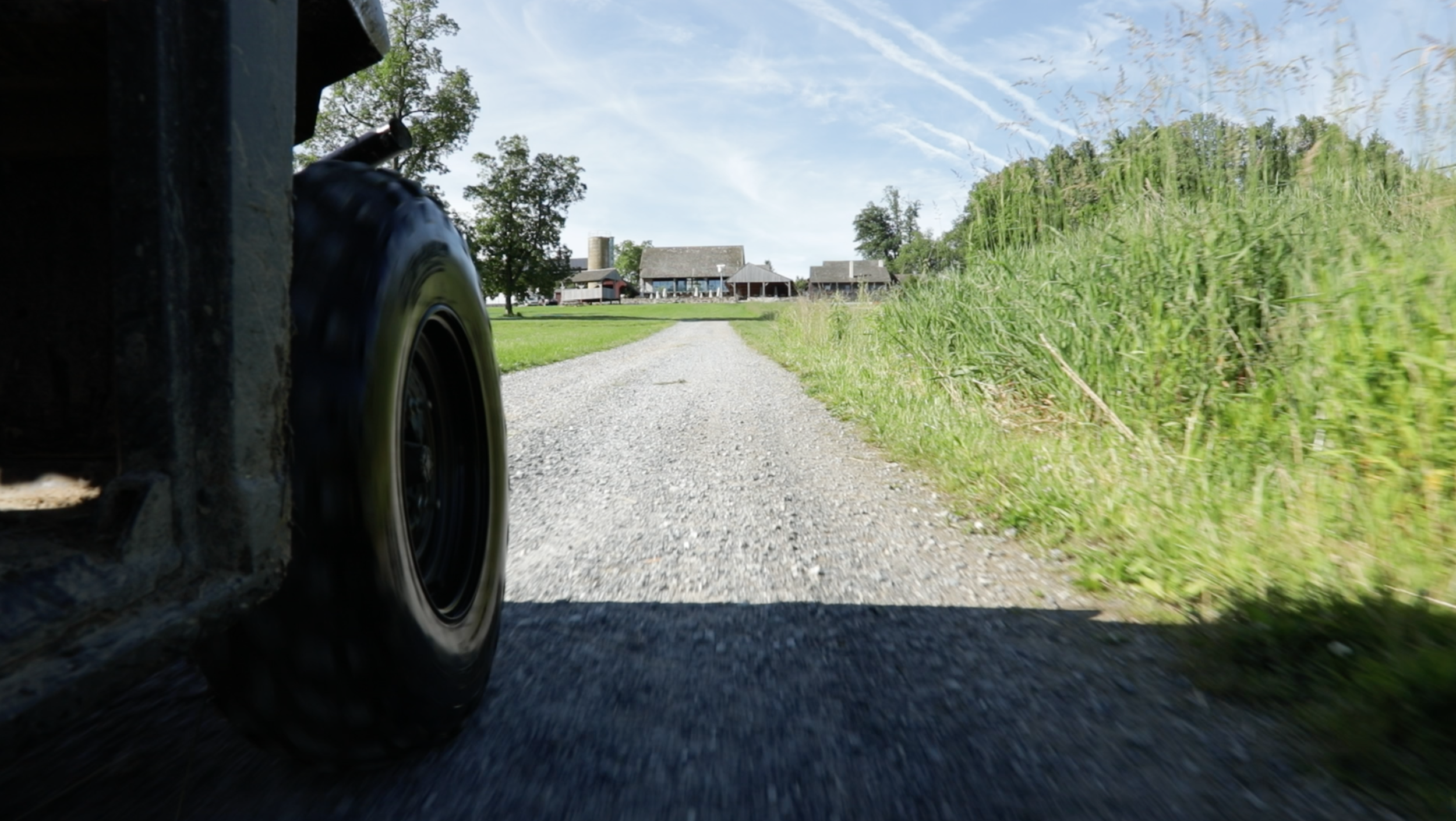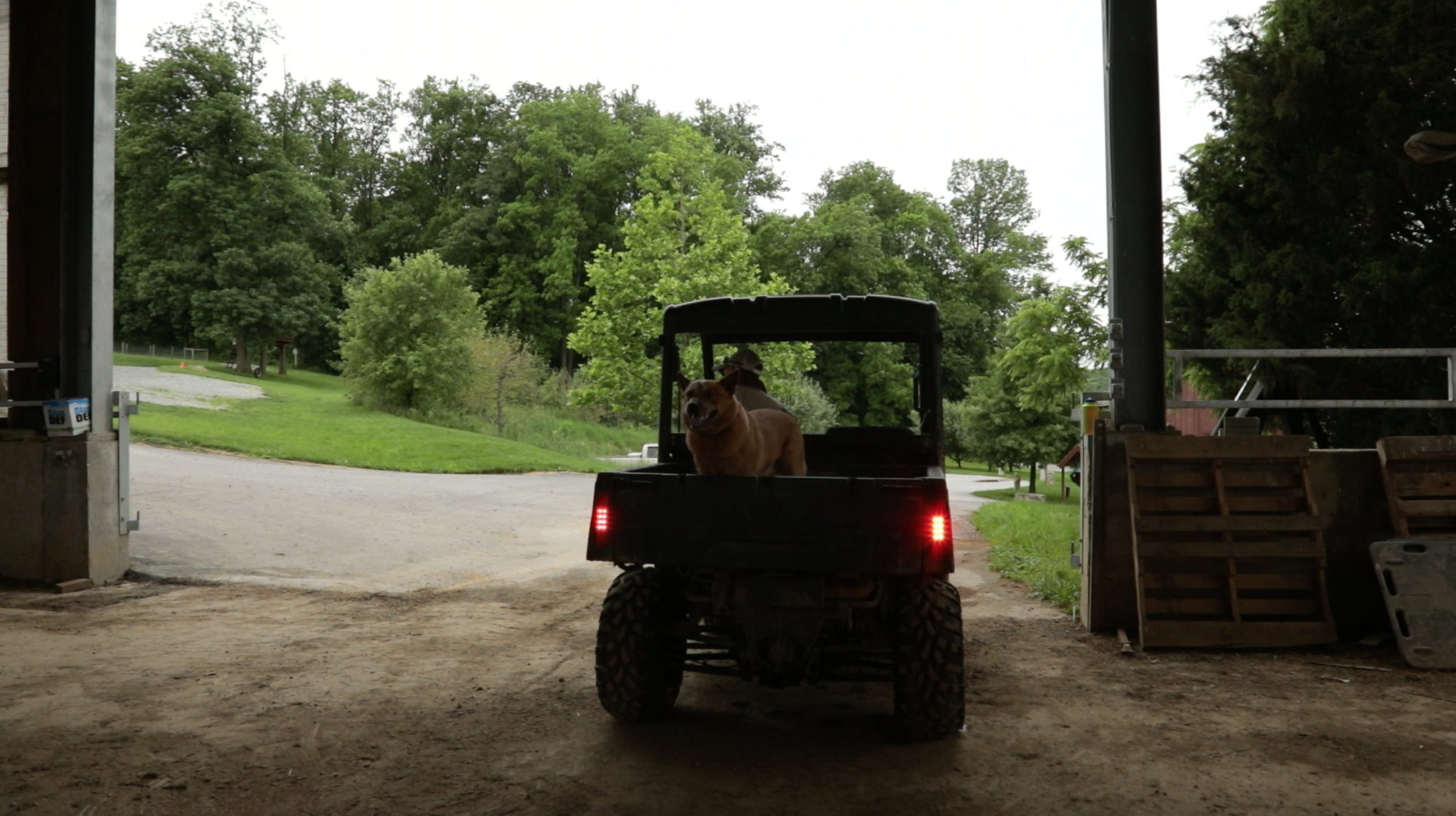This year has been an exciting transition to adding motion work to my portfolio. Building a motion section takes time, practice, and the right team to make the story come to life. Working with past clients like the few farms I’ve consistently been with over the years have been a great stepping stone to gathering footage and putting together in a cohesive story. The equipment we have been working with is the Canon C300, Canon 5D Mark 4, additional microphones, as well as various lighting and grip gear. Being on location is a challenge in itself but capturing moving imagery is another. The current piece we are working on has beautiful landscape pans of the farm as well as stationary shots interviewing the real farmers, not hired talent. I know the final cut will pair well with the still imagery I have captured over the years. DP STILLS BELOW.
Wyebrook Farm
Personal Series From The Farm: Chicken Processing
One thing that photographers can relate to is having access to situations and events in everyday life that not everyone sees. We have an opportunity to tell stories from our perspective and share with an audience. This happened to me the other day; being able to document a chicken slaughtering. I found out about this through one of the farms I’ve been working with for over a year. This only happens a certain time of year when their free-range chickens have grown large enough to be sold and used at their facilities. **Photo gallery has some graphic content**
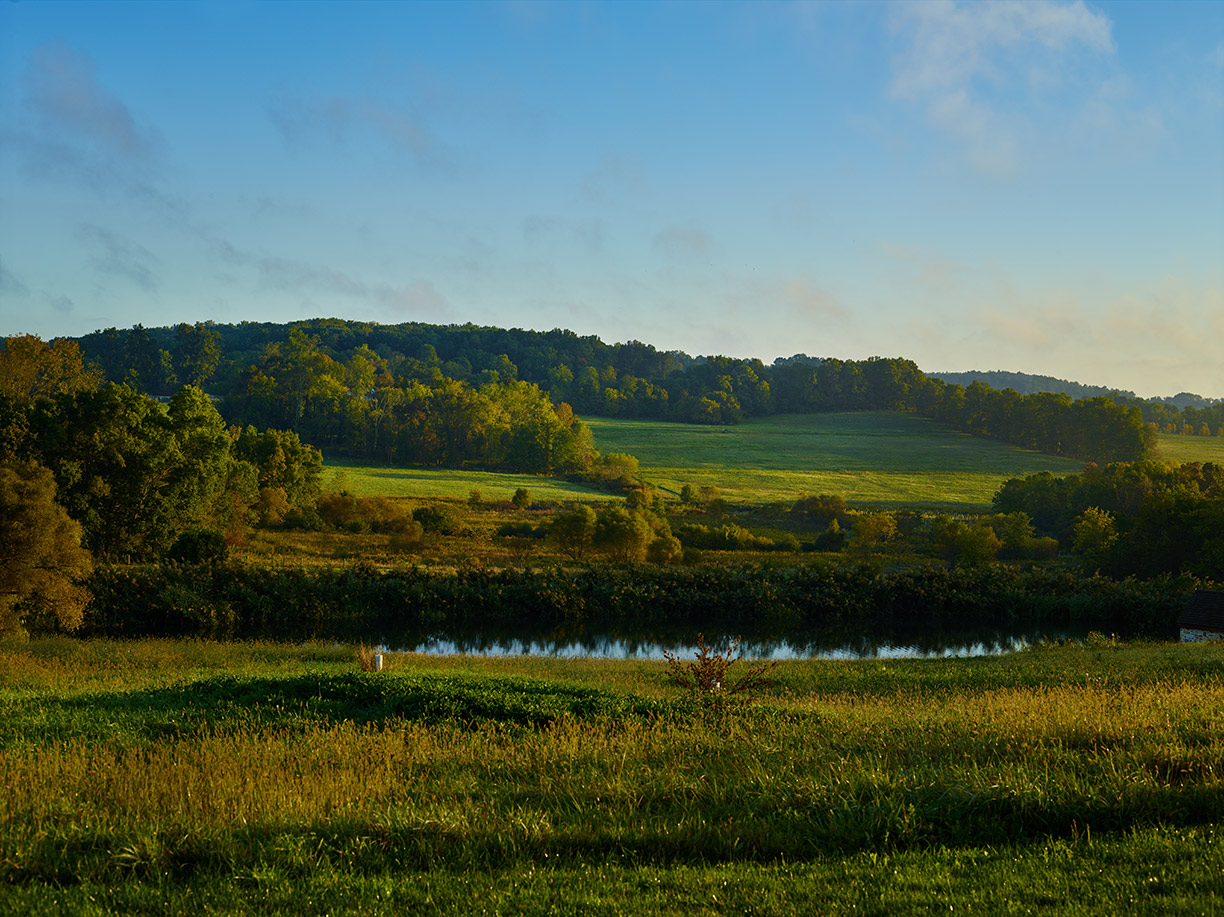
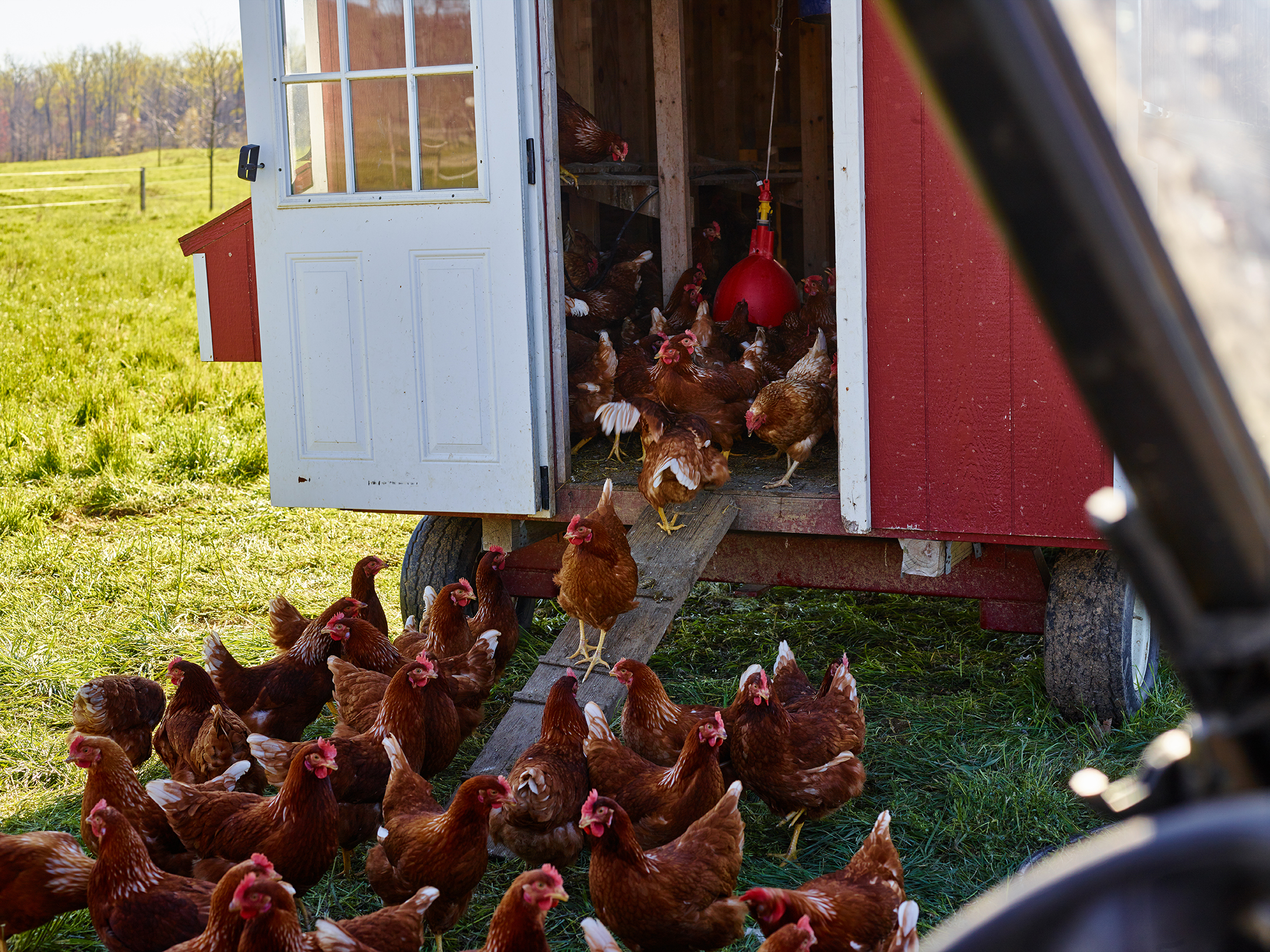
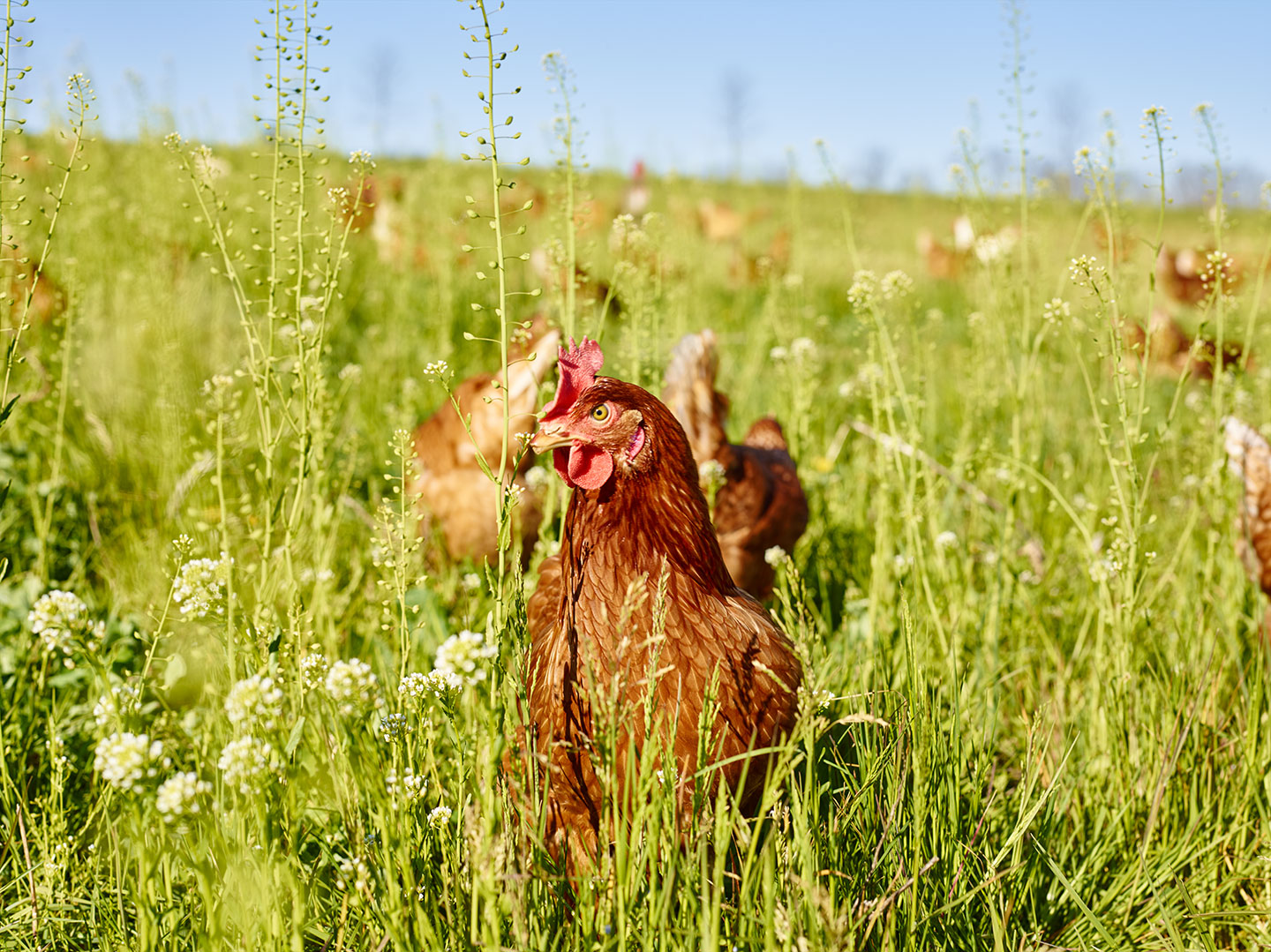

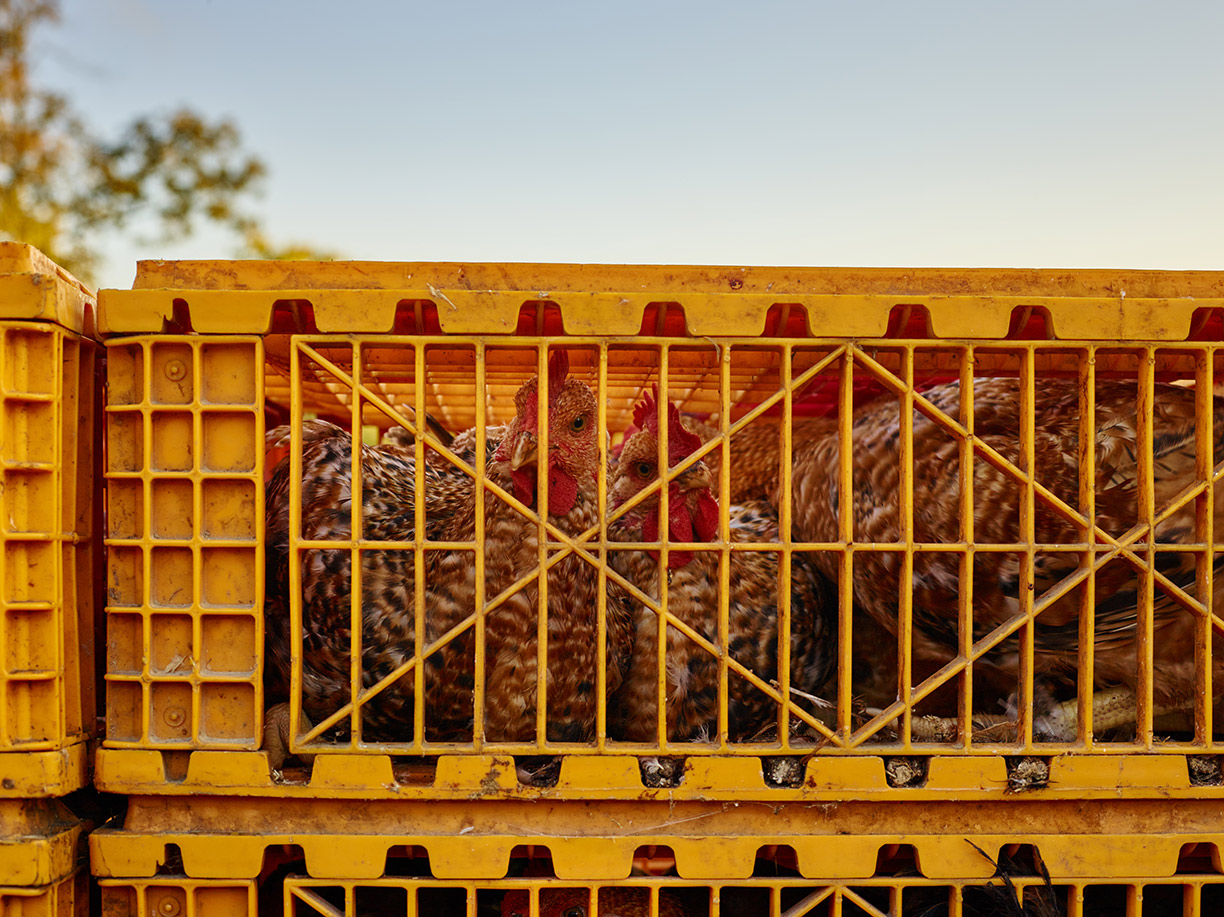

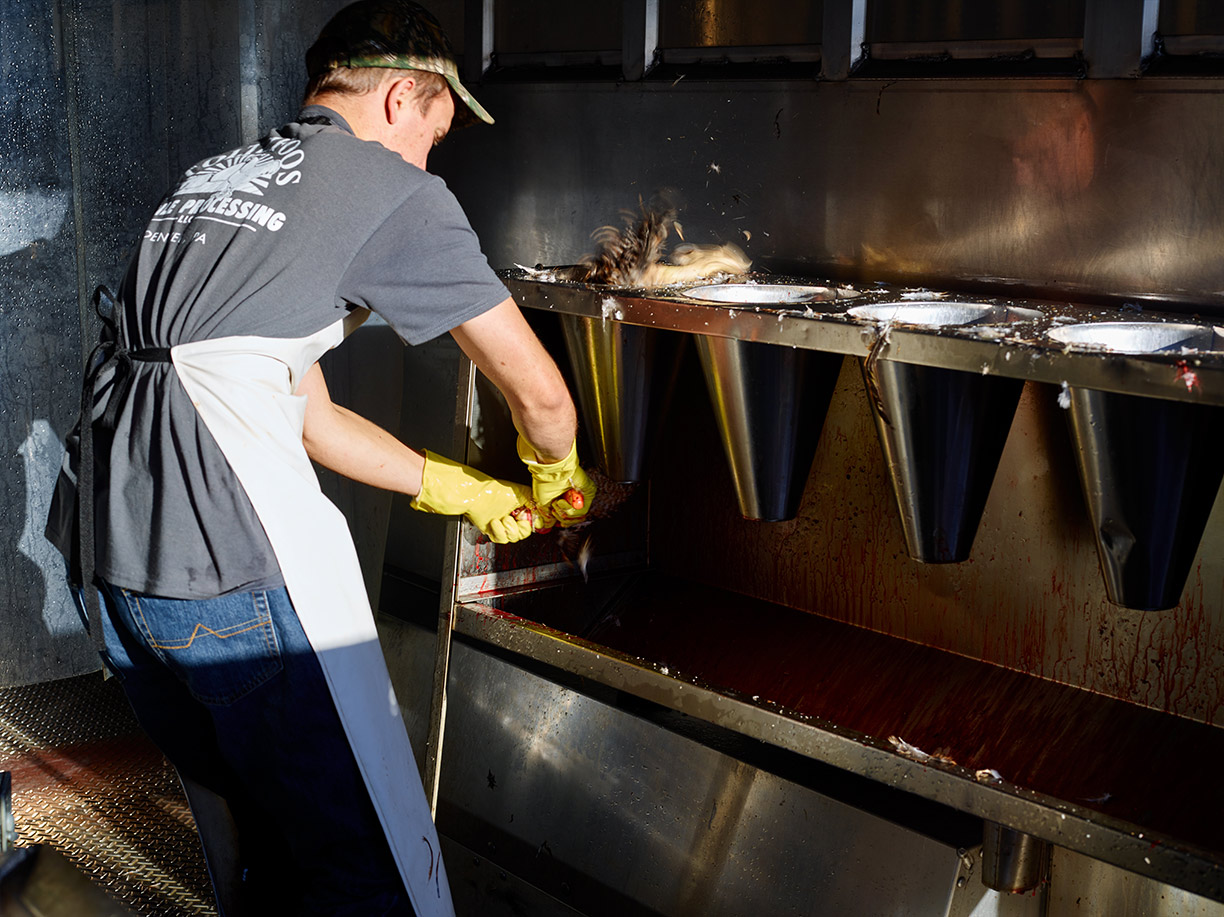
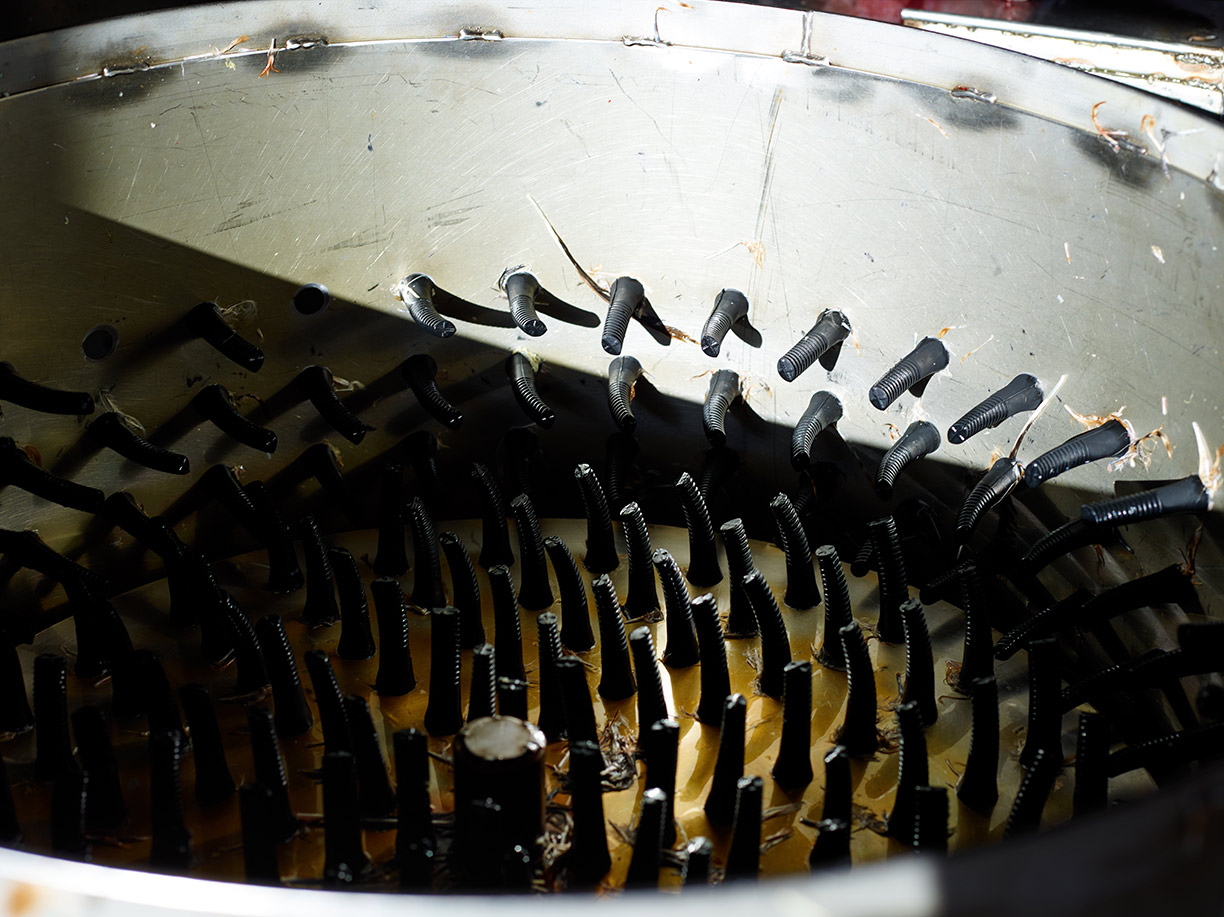
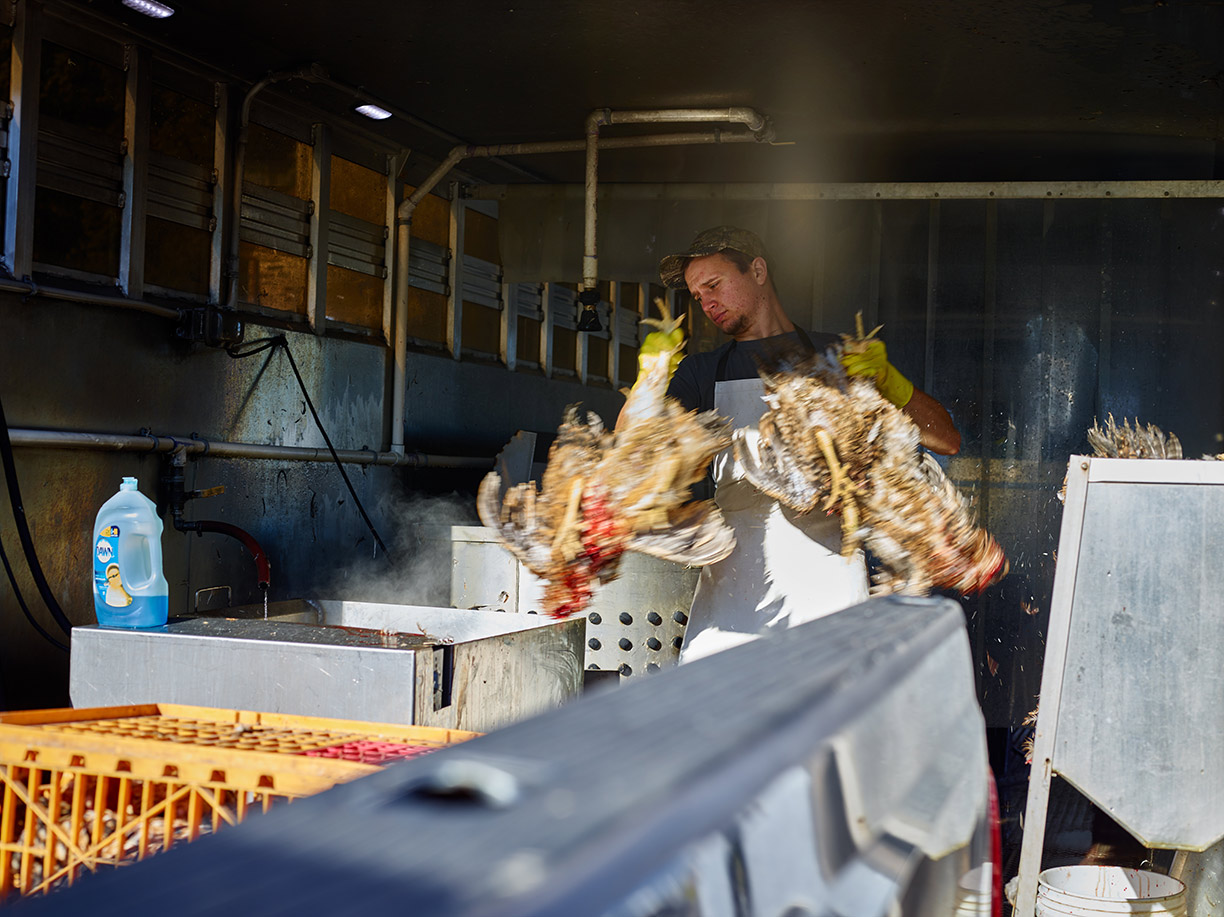
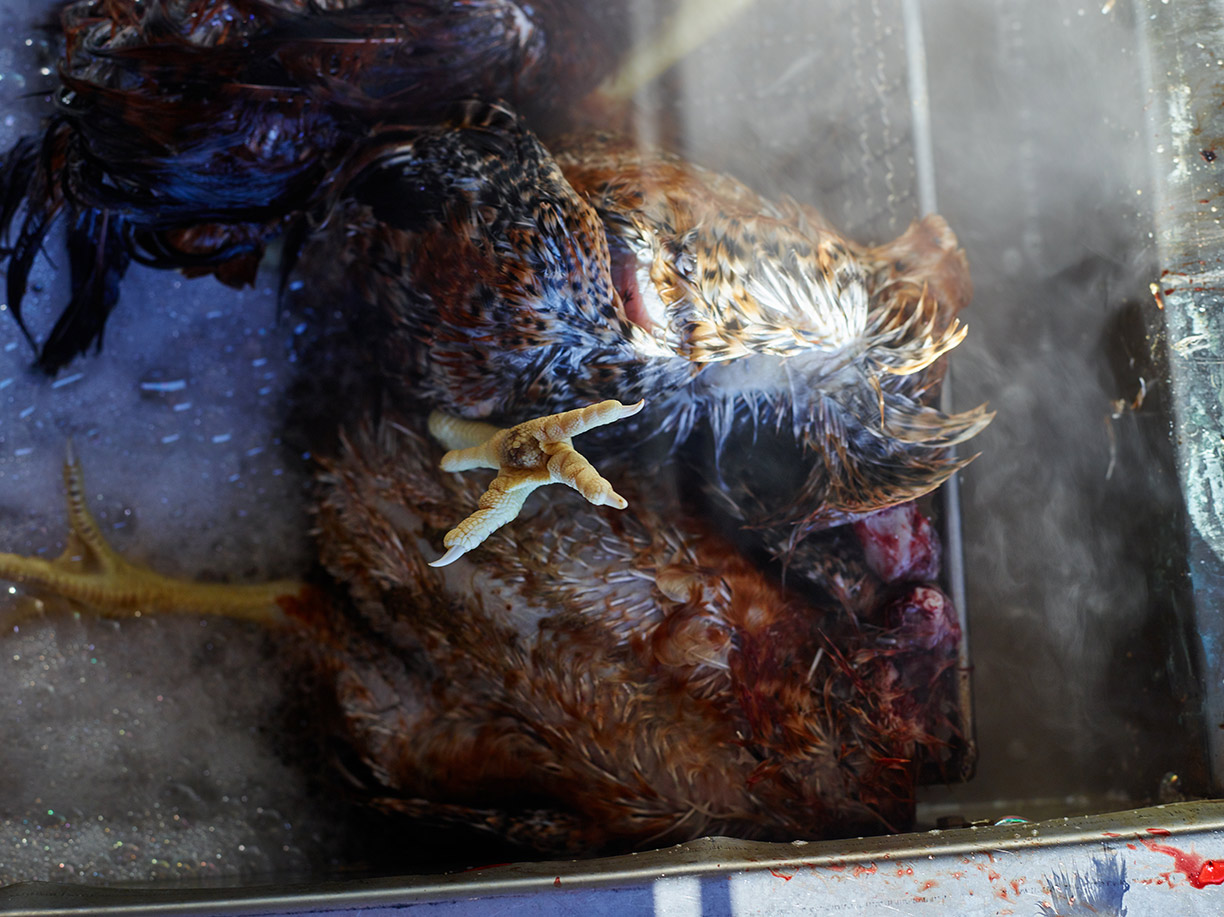
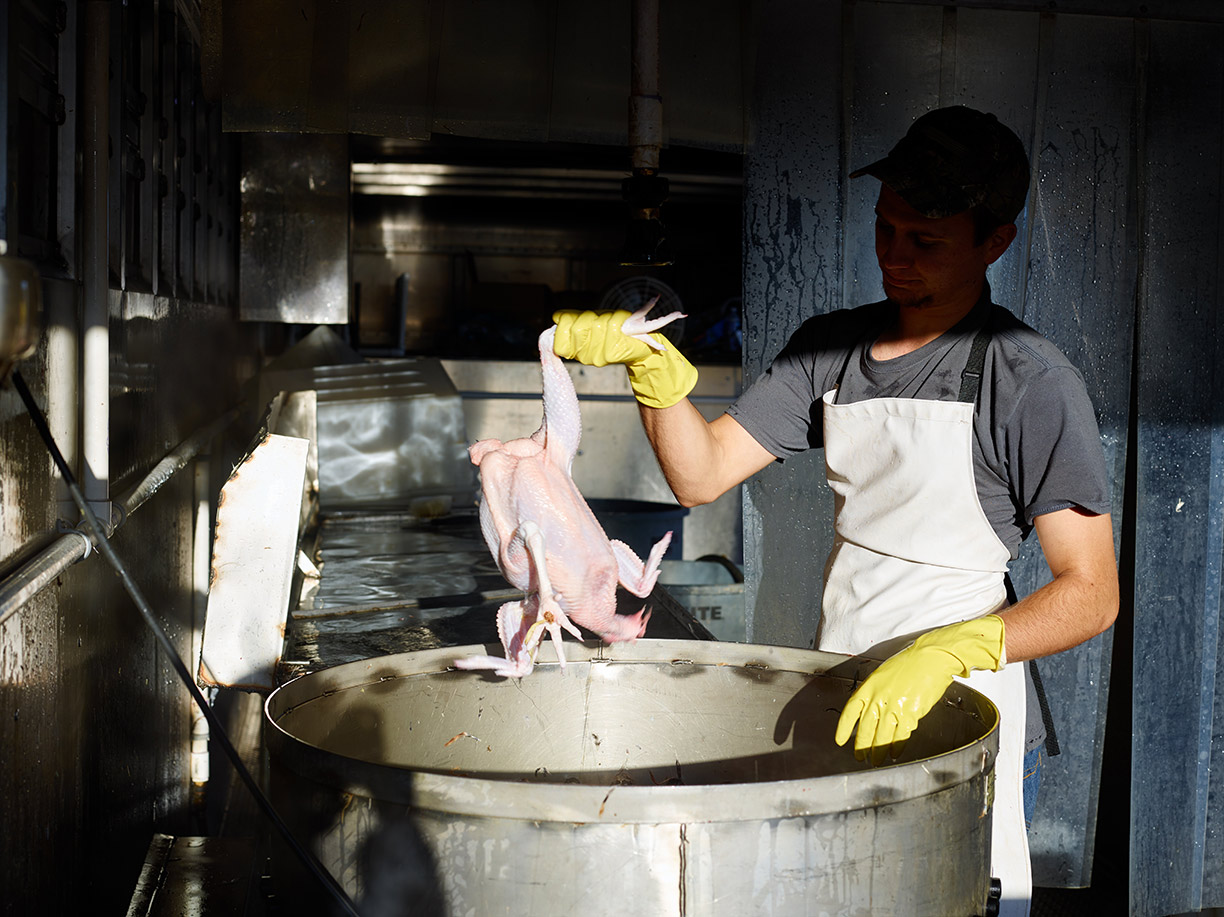
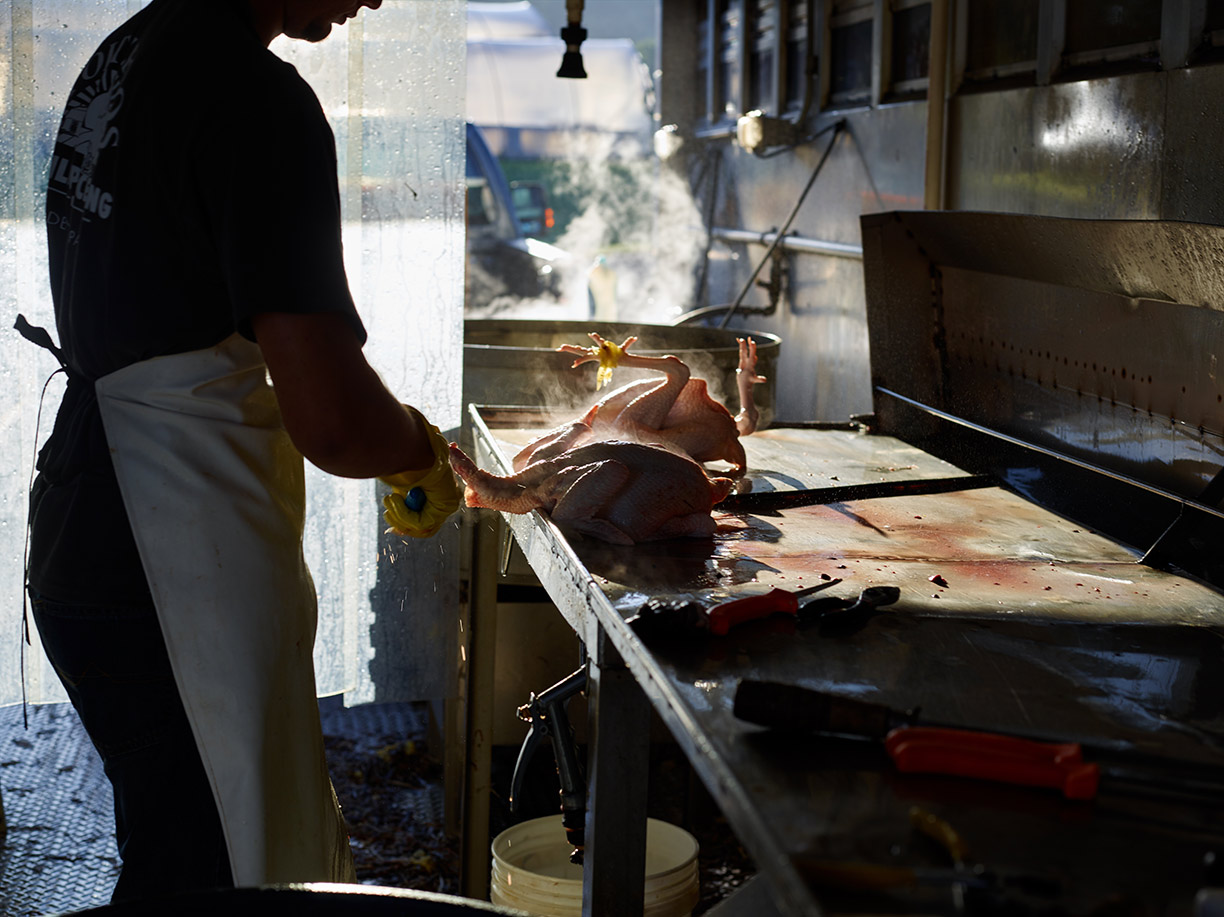
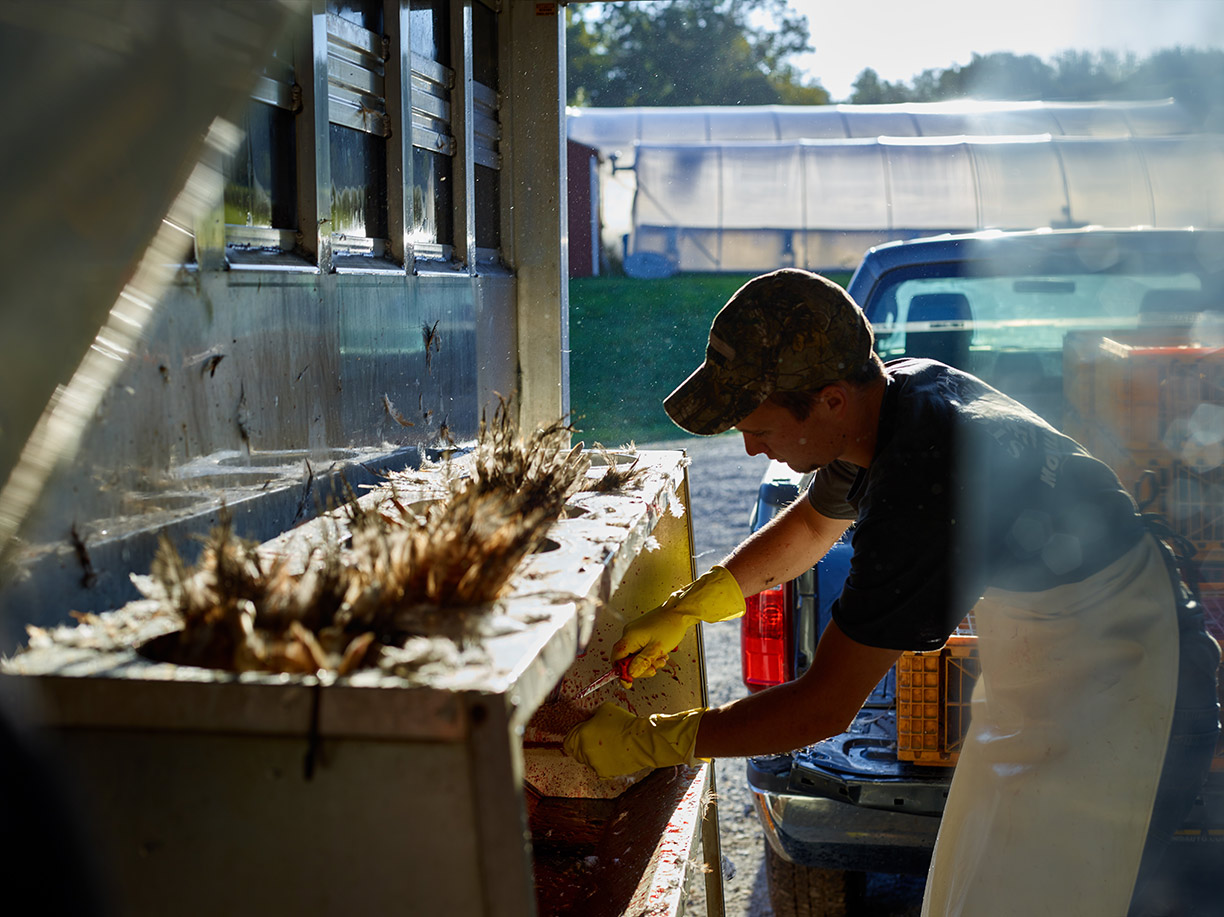
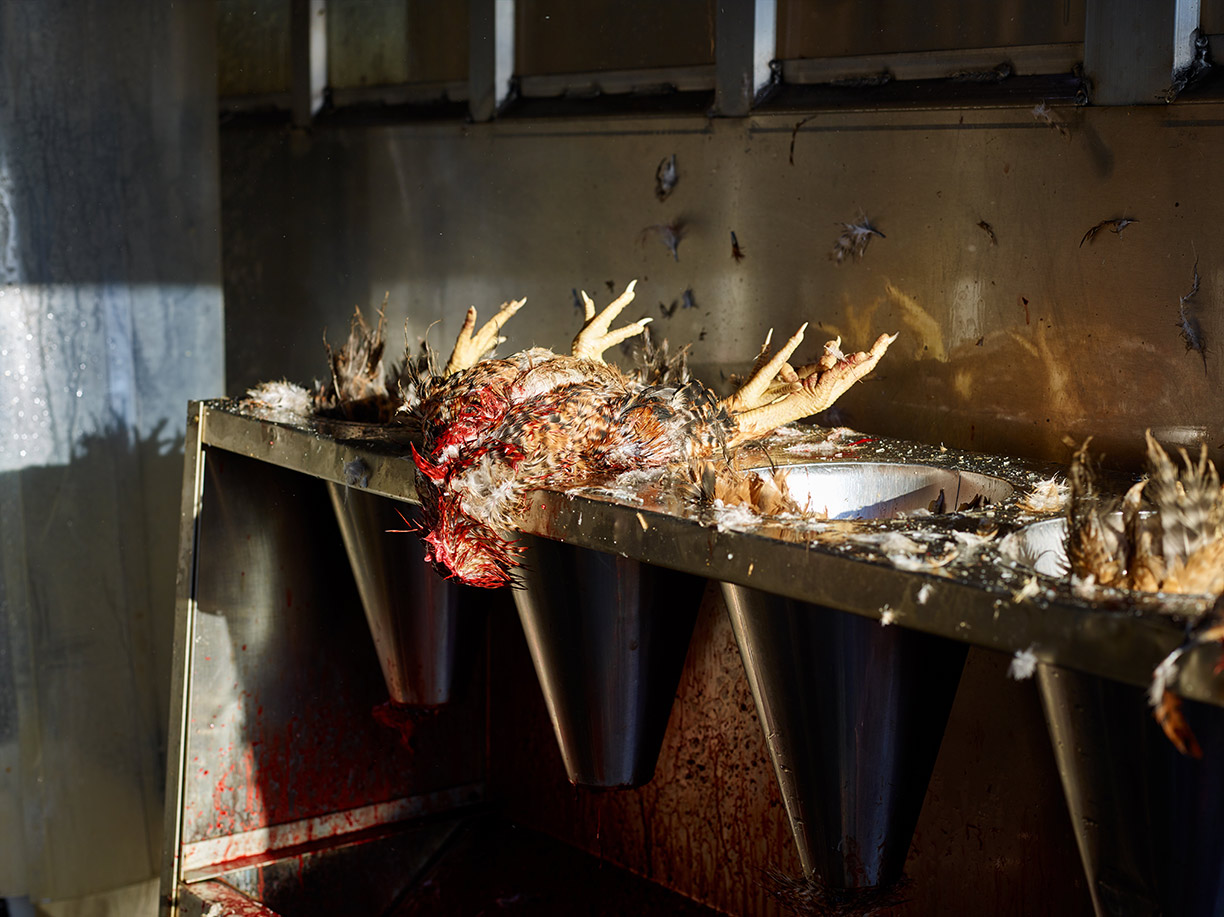
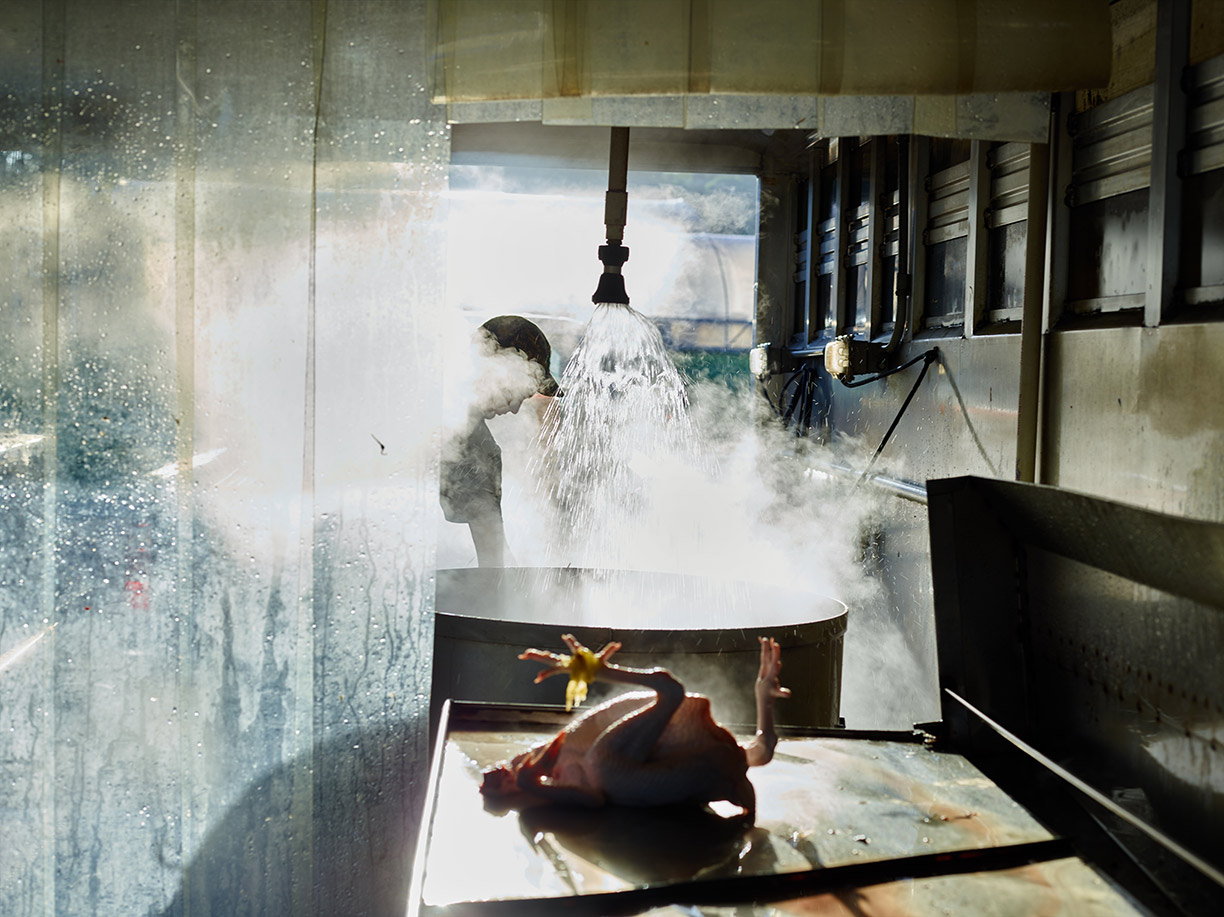
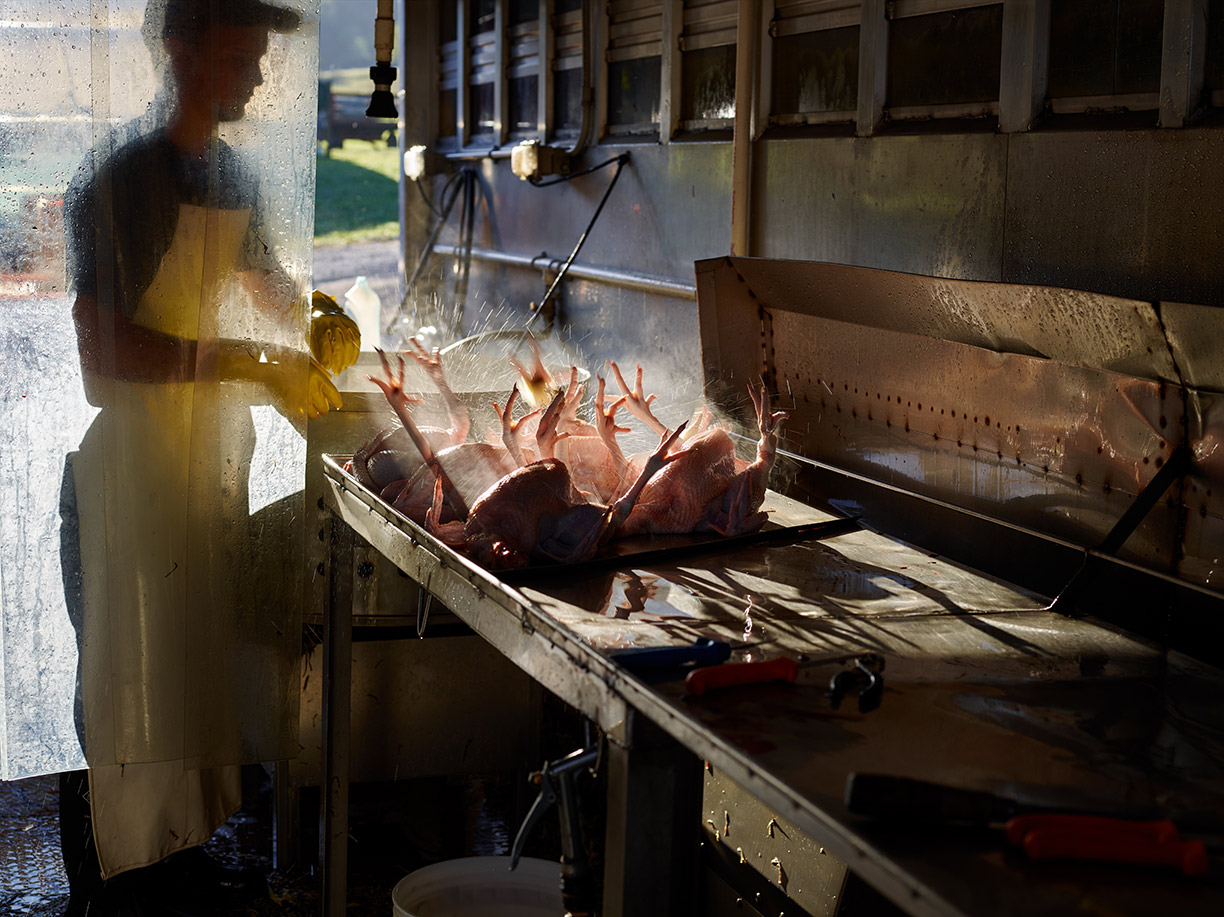
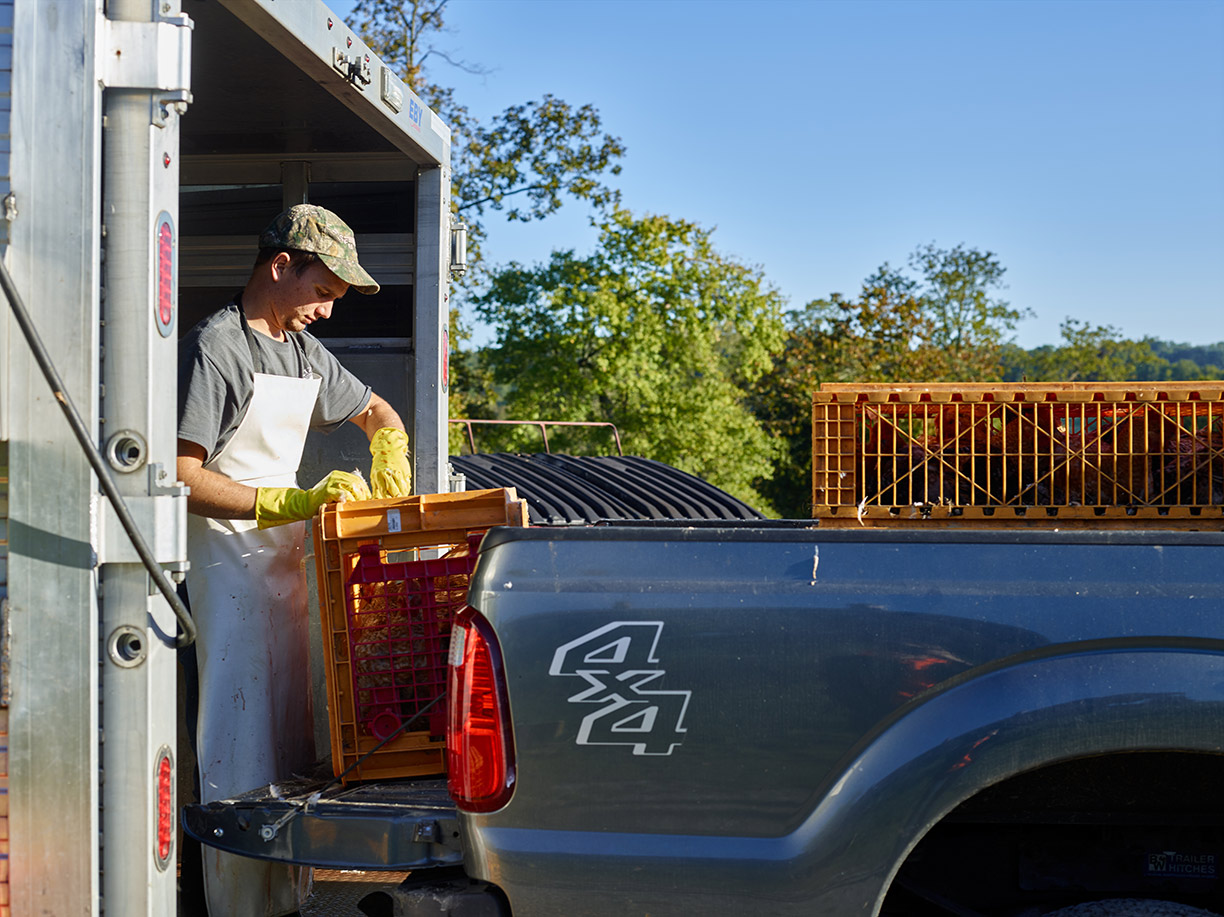
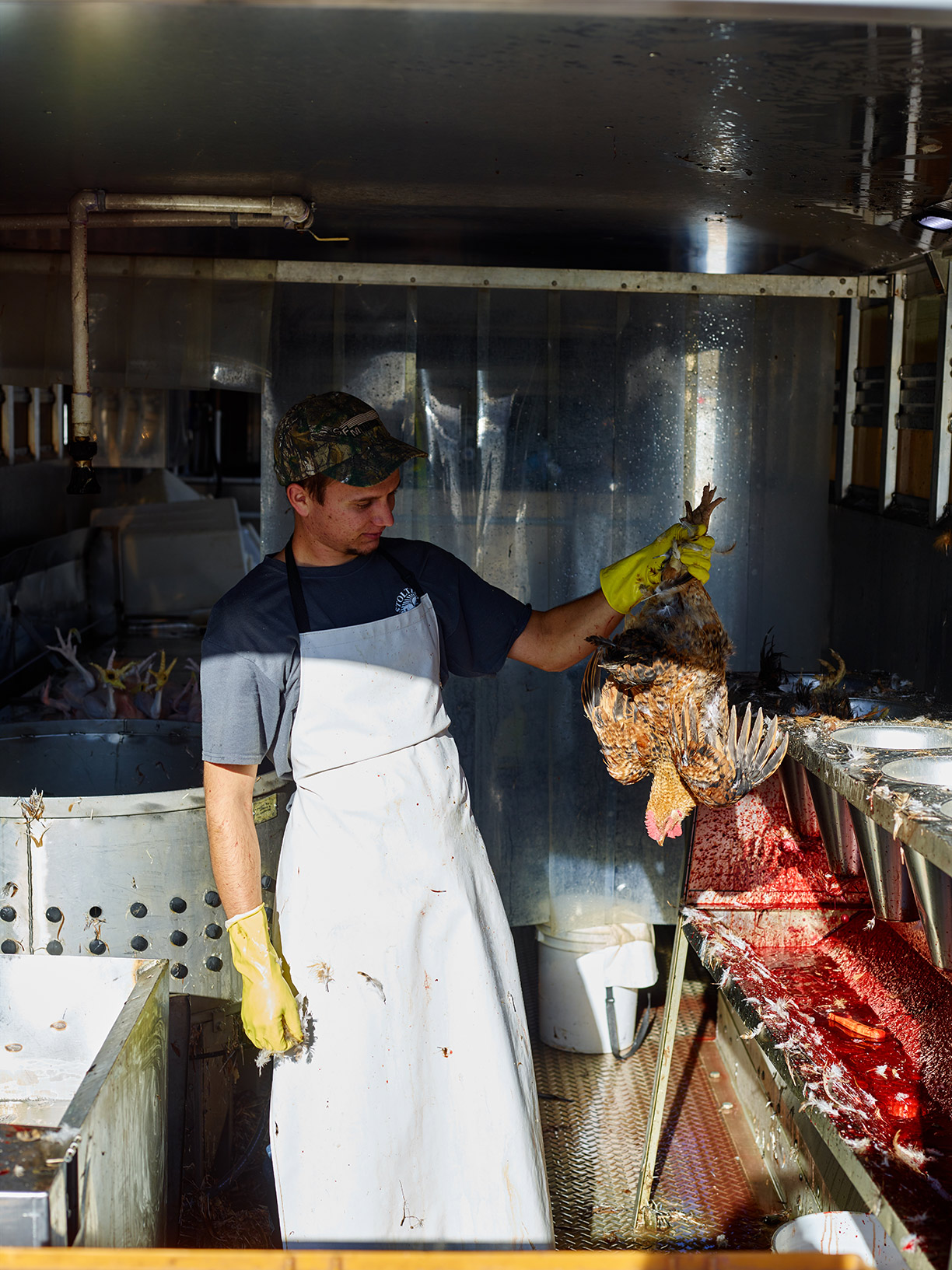
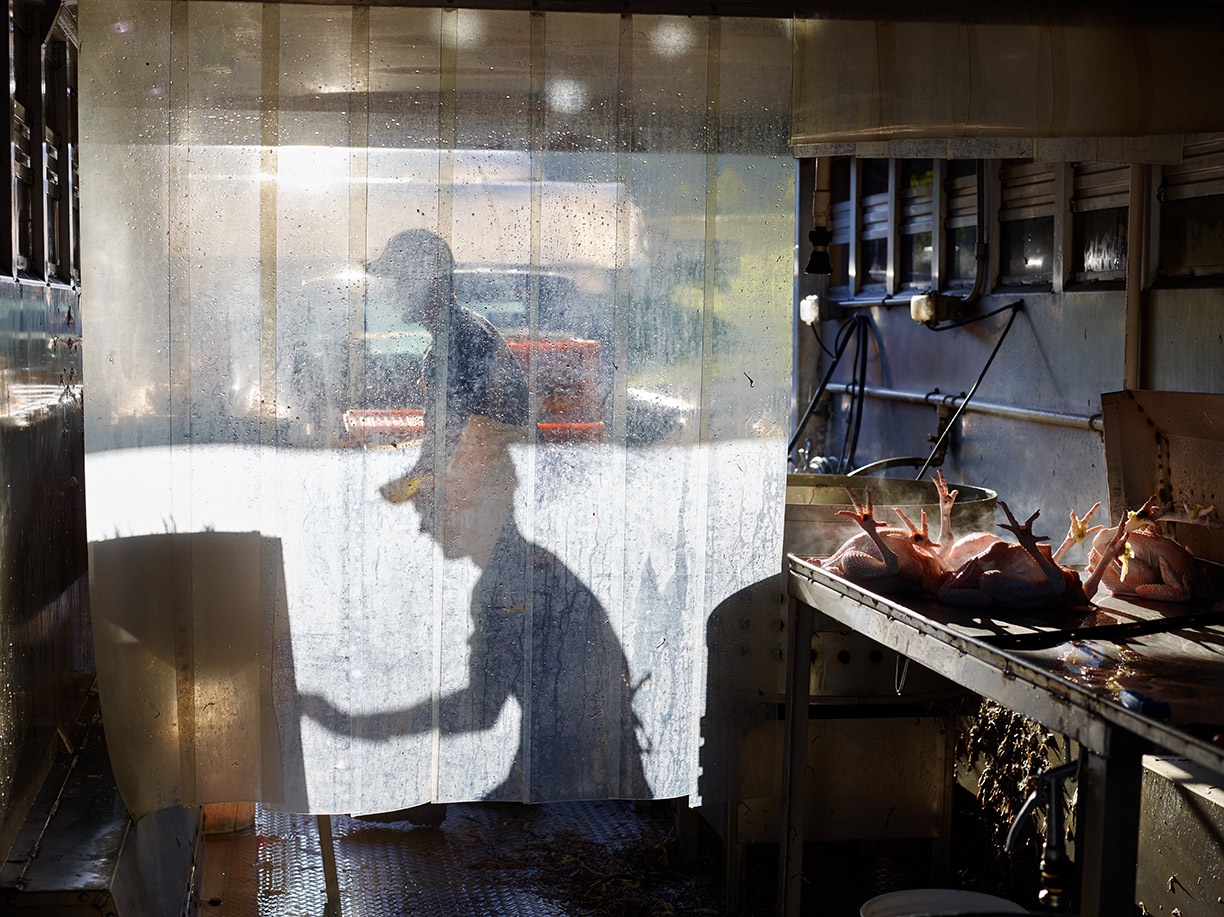
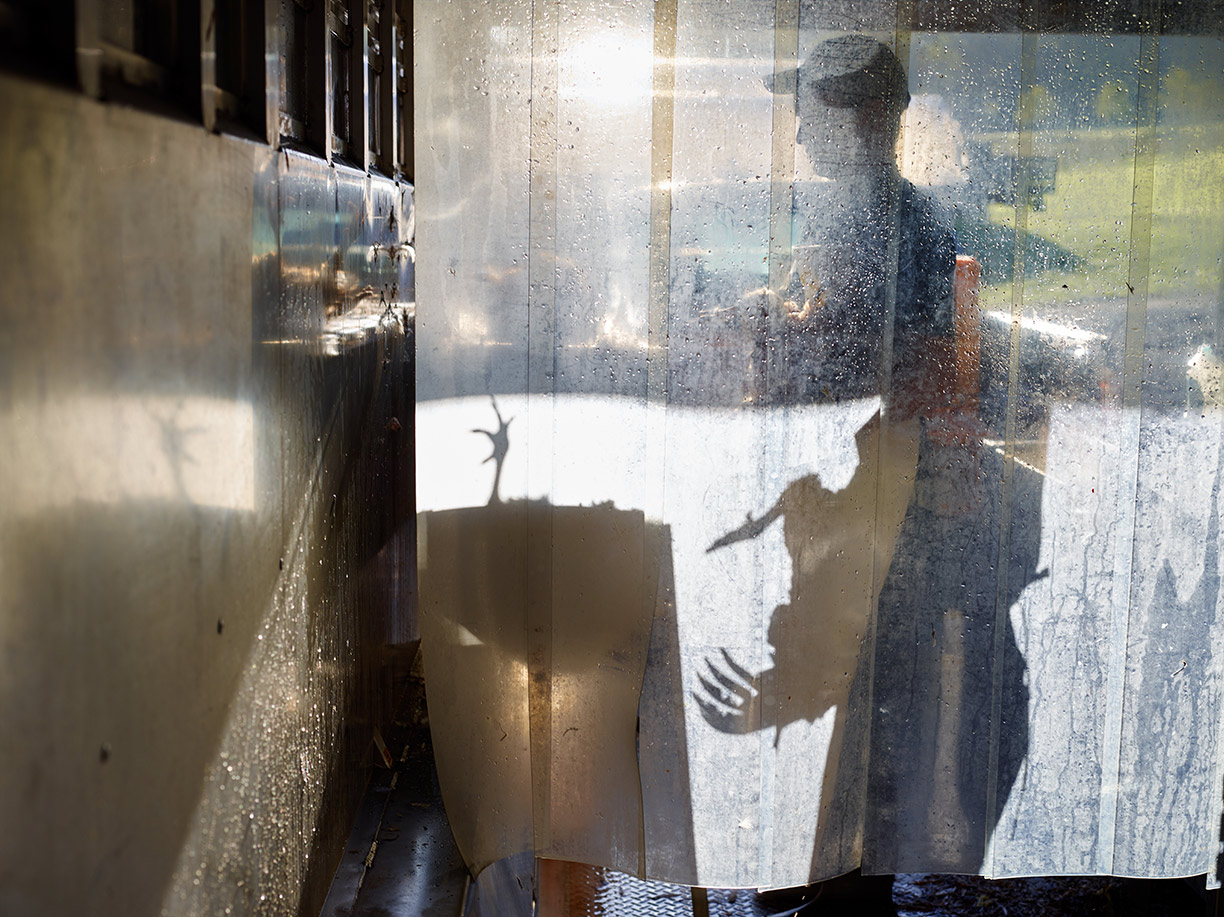
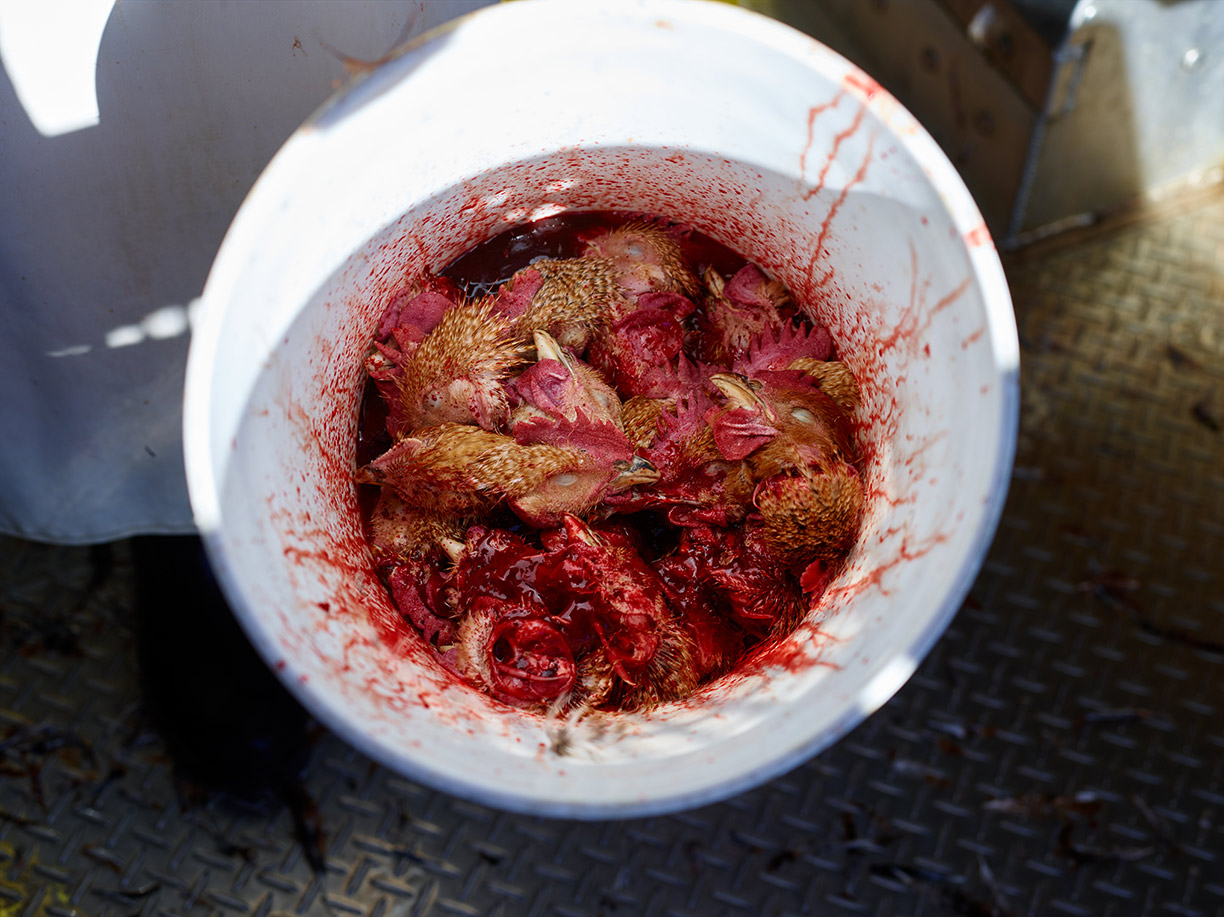
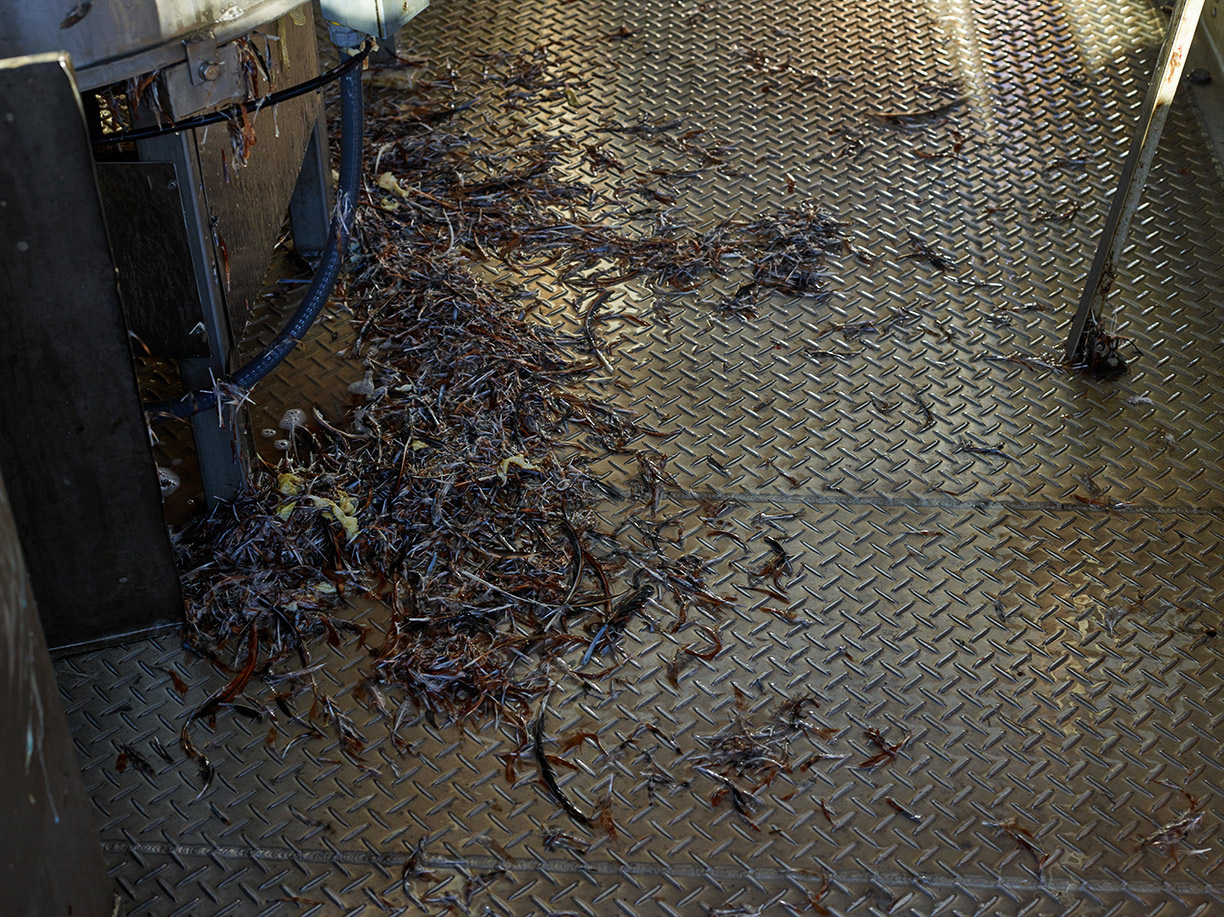
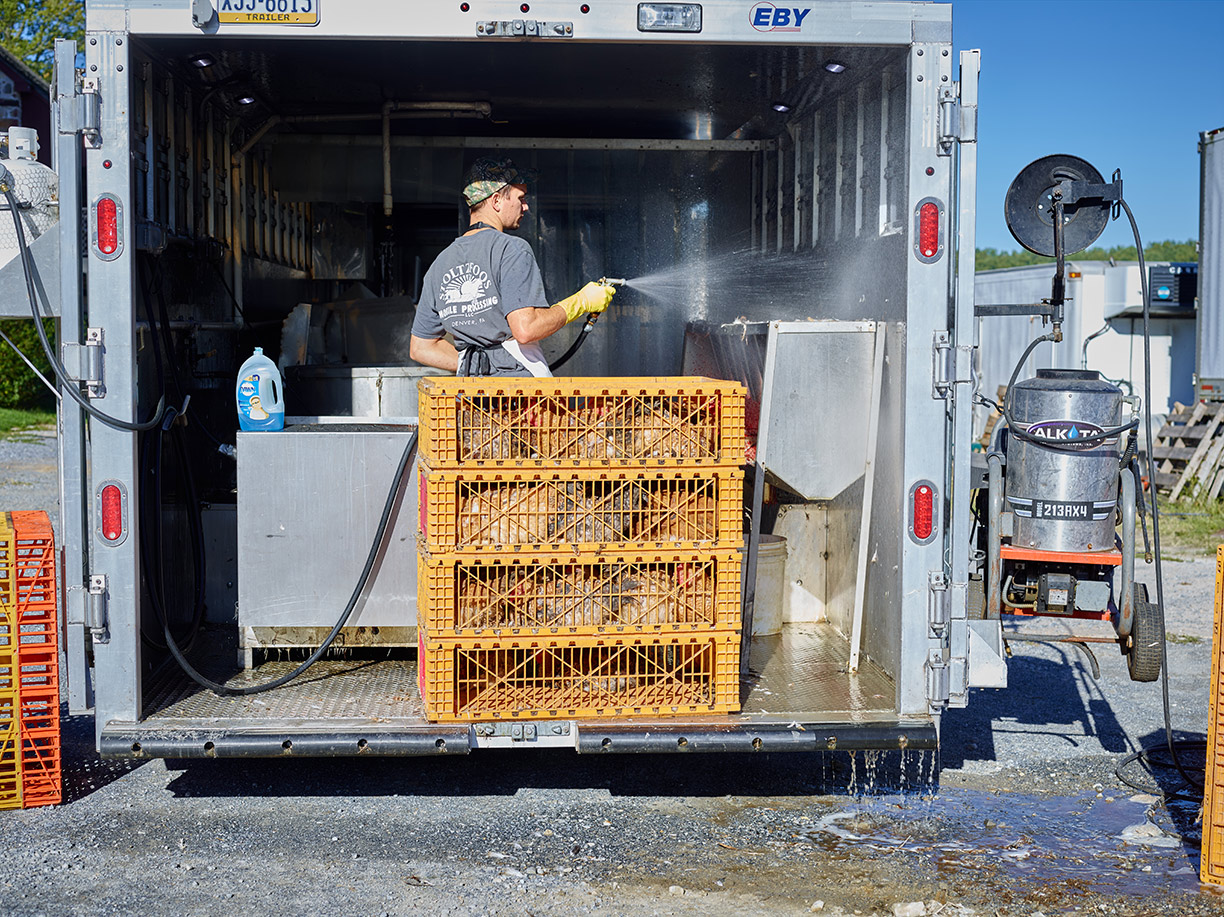
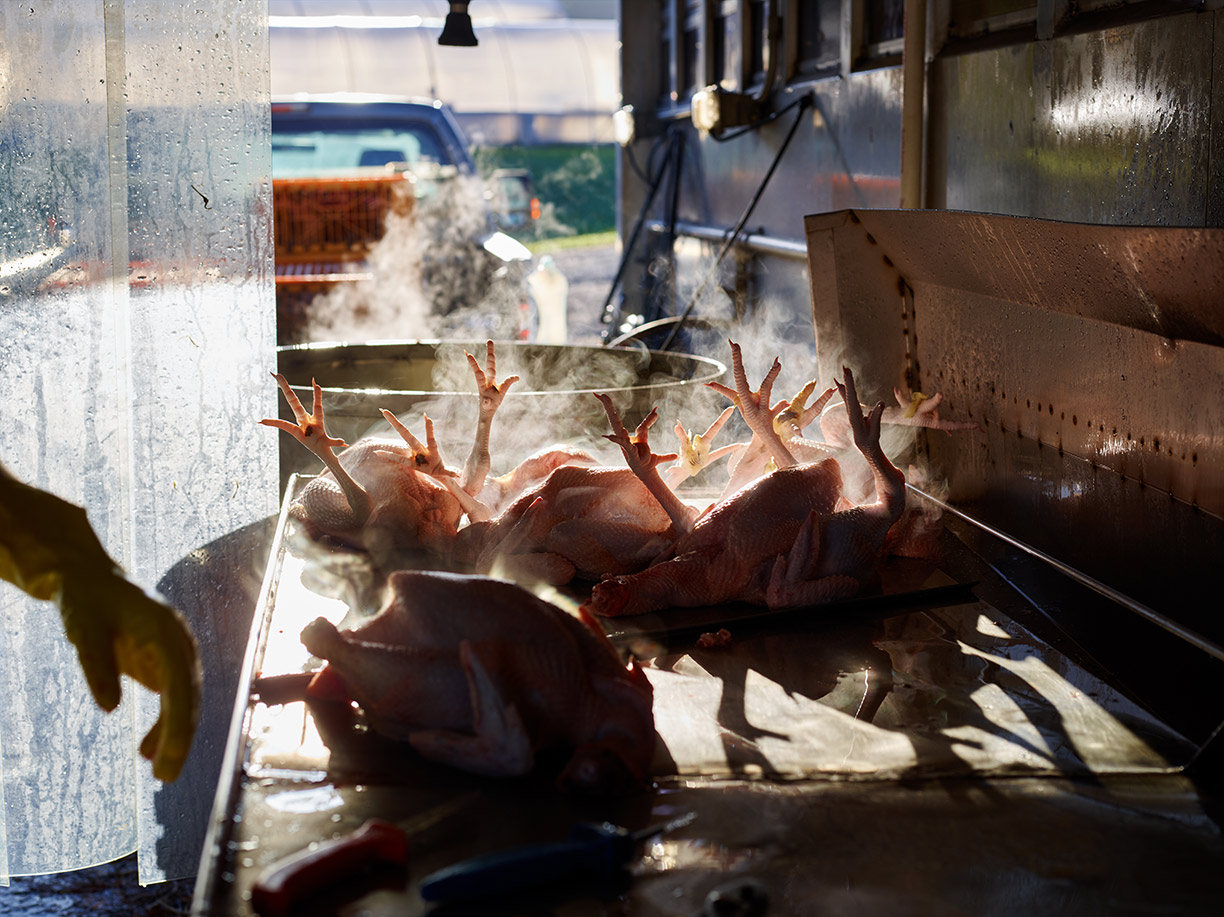
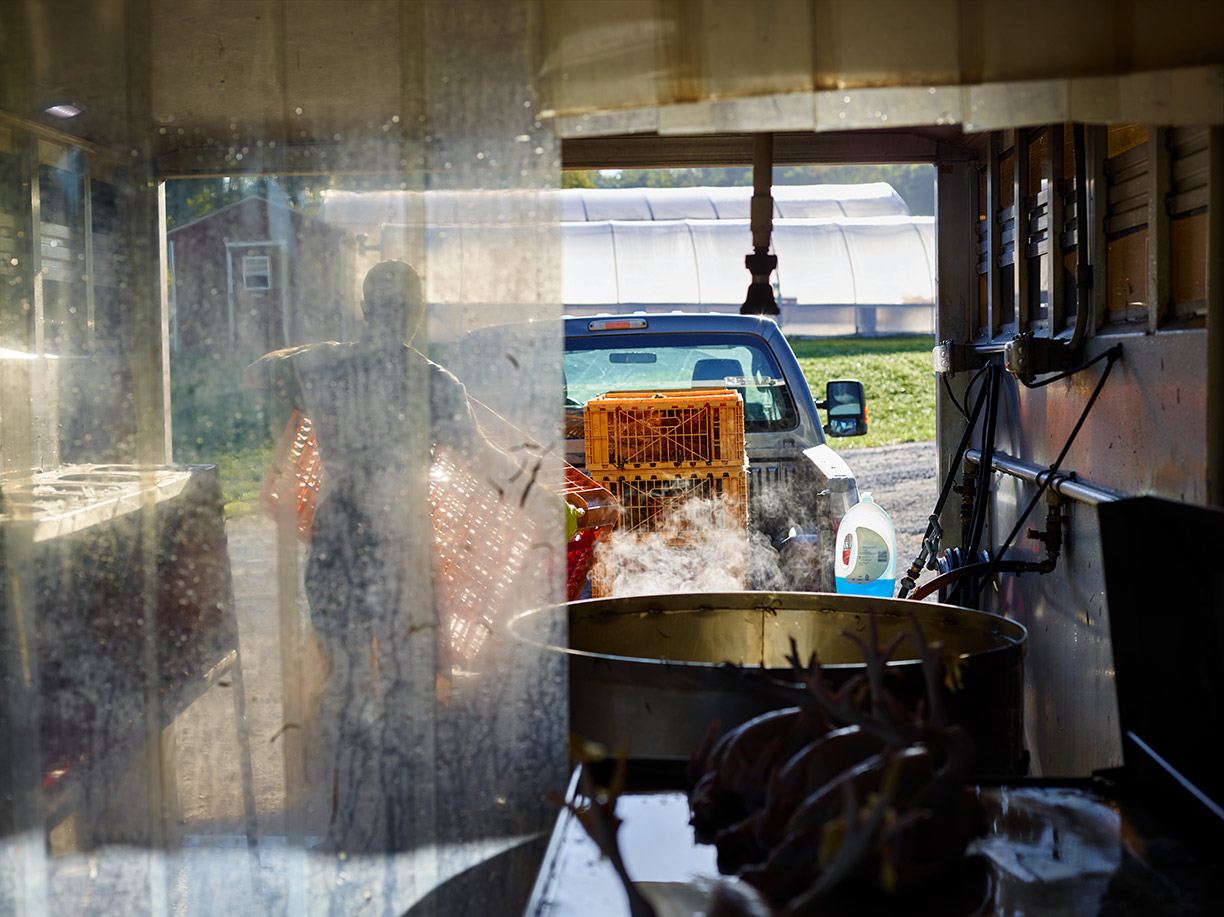
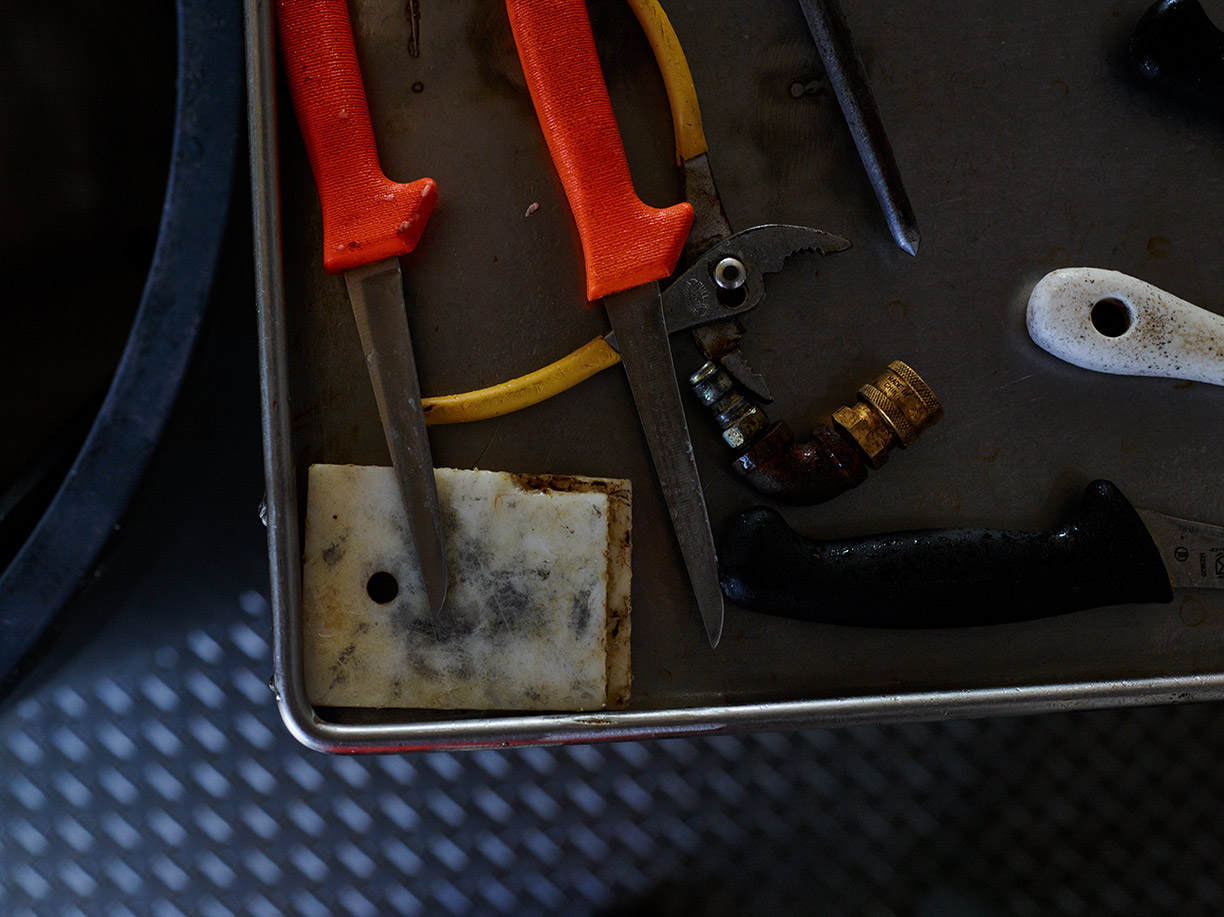
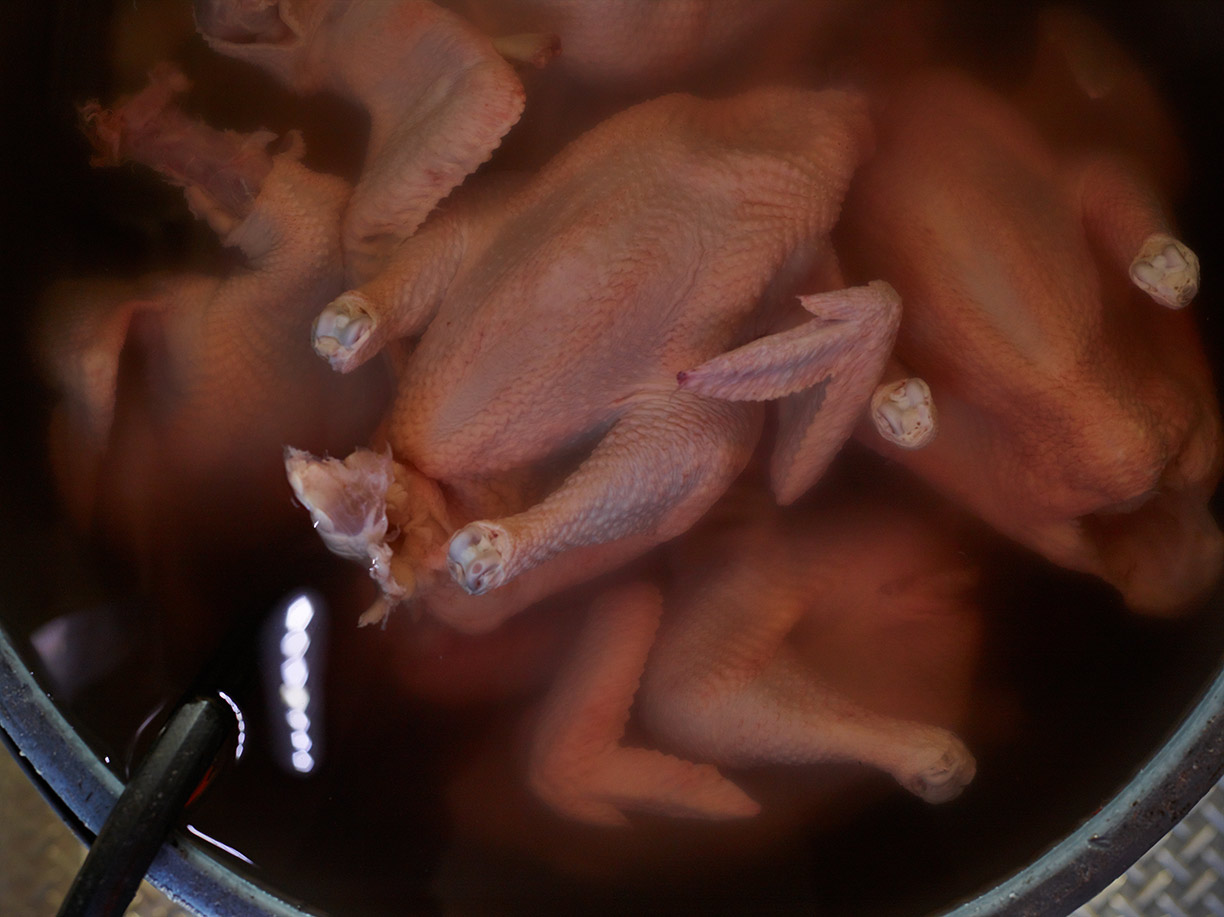
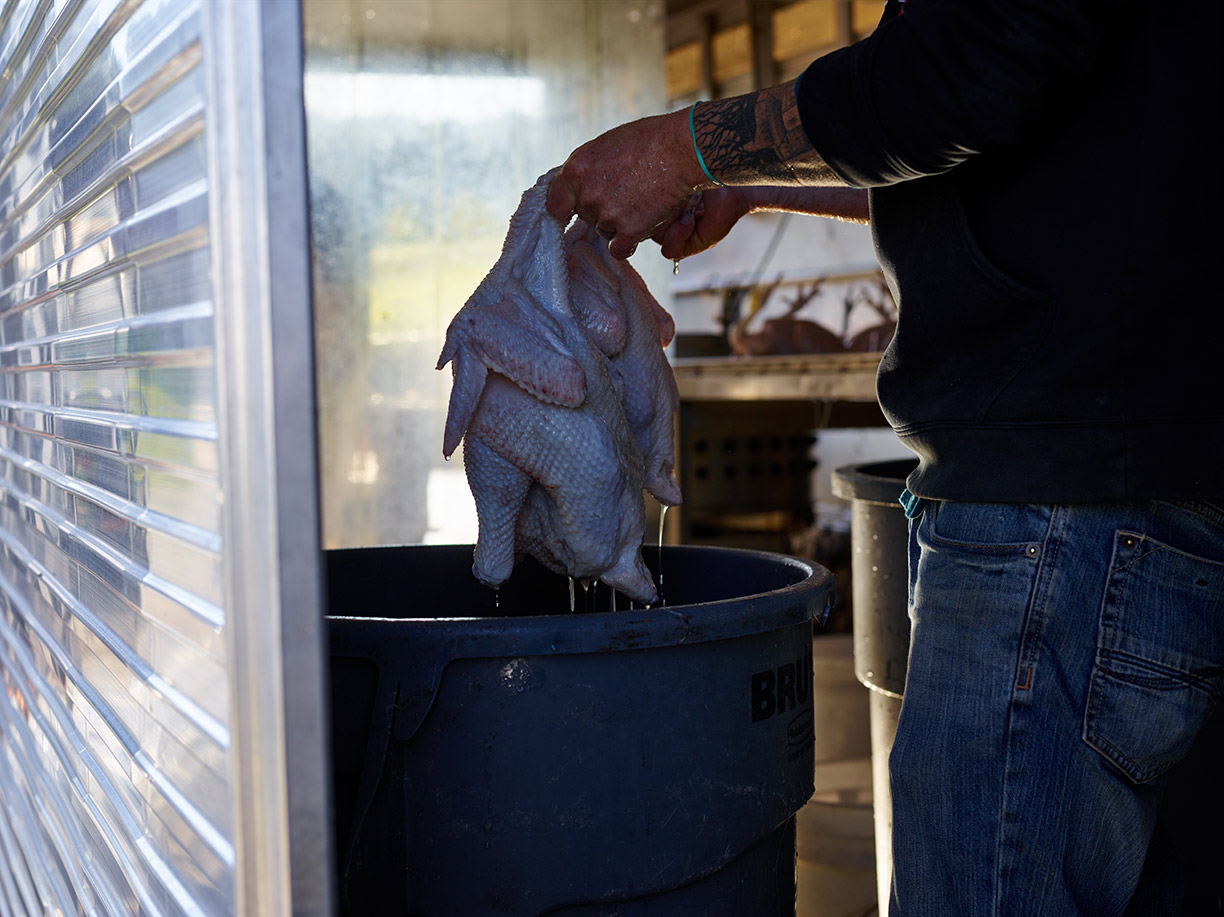
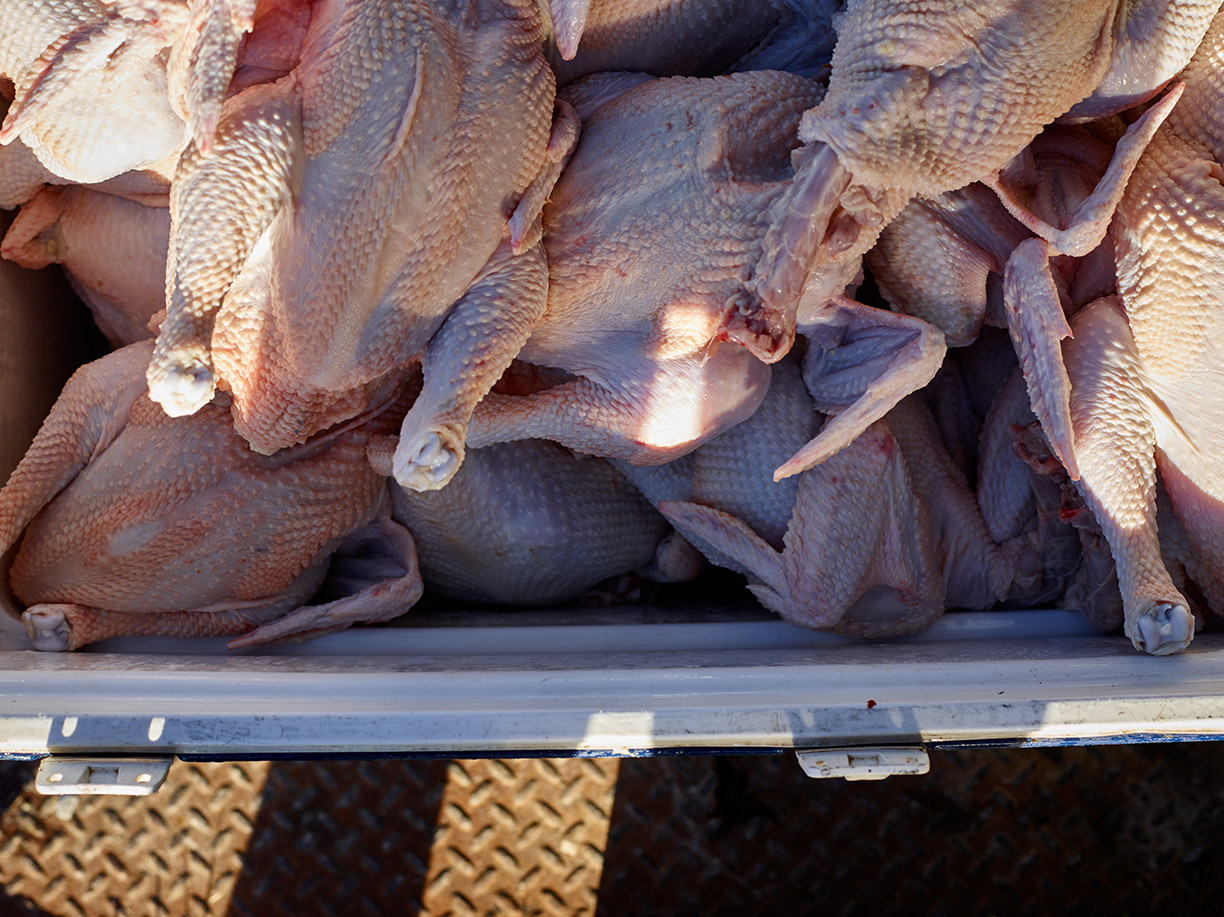
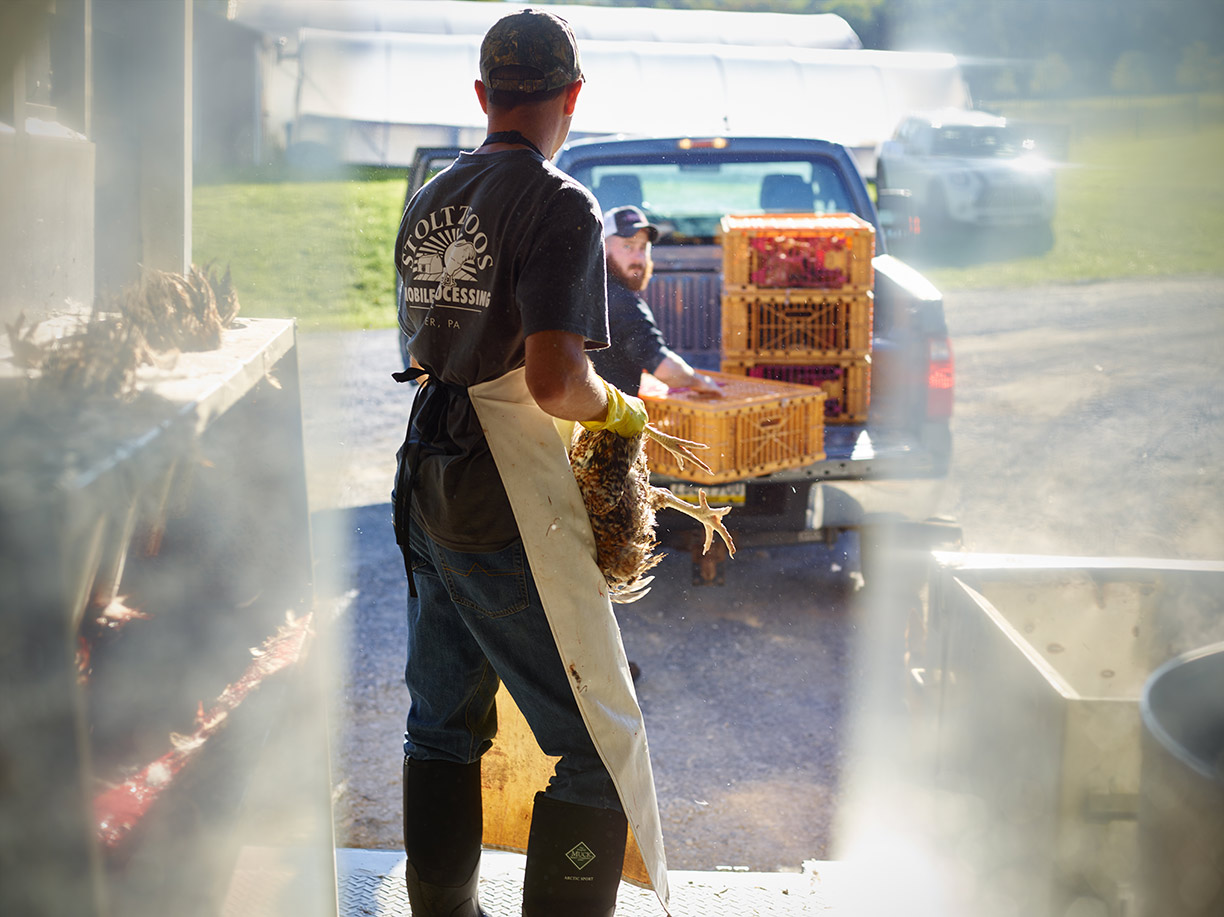
When I arrived at the farm the sun was just rising and the foggy clouds were clearing; it was going to be a gorgeous day for photography. The outdoor mobile trailer was just pulling up to the gravel lot where the farmer’s towering crates of live chickens were waiting. Out of the mobile trailer comes the owner and operator of his chicken and turkey processing company. He has been doing this for over 5 years. There was certainly a process and systematic setup before diving into the chicken cages. Everything must be sterilized.
First he organized the inside of the trailer with buckets being pulled out under the drains, then getting the water running in his sinks to a boiling temperature, and using lots of soap to make sure everything was clean. Then he puts on his rubber apron along with rubber gloves. His knifes and sharpening tools were laid out on the metal counter that he used to break down the chickens after their bath and plucking.
Their was a row of upside down cones where the chickens went in head first. He would pull the chicken from the crate one at a time and put them in there. He would then pull the head through the bottom of the cone and cut off the chicken’s head. The chicken still moved after removing the head. The heart would still be pumping which allowed the chicken to bleed out more efficiently. The blood would drain into a large metal bay which was under the row of cones.
Once the chicken had been drained enough he would then put them into a rotating hot water and soap bath to help with cleaning and loosening the feathers from the skin. After that process the chickens would go into a rotating tub that had rubber prongs throughout. When that was turned on it would spin the chickens quickly and remove all the feathers completely from the body. When he pulled the chickens from that they would be clean and ready for breakdown.
Important parts of the chicken that need to be removed at this point is the oil gland. If this is not removed it can spoil the meat. Other parts of the chicken being removed are the feet, and esophagus. You cut open the chicken’s body just to open it and not hit the intestines. Then carefully remove the insides including gizzard, and lungs. After this process is done the chickens get cooled in cold water and placed into refrigeration.
